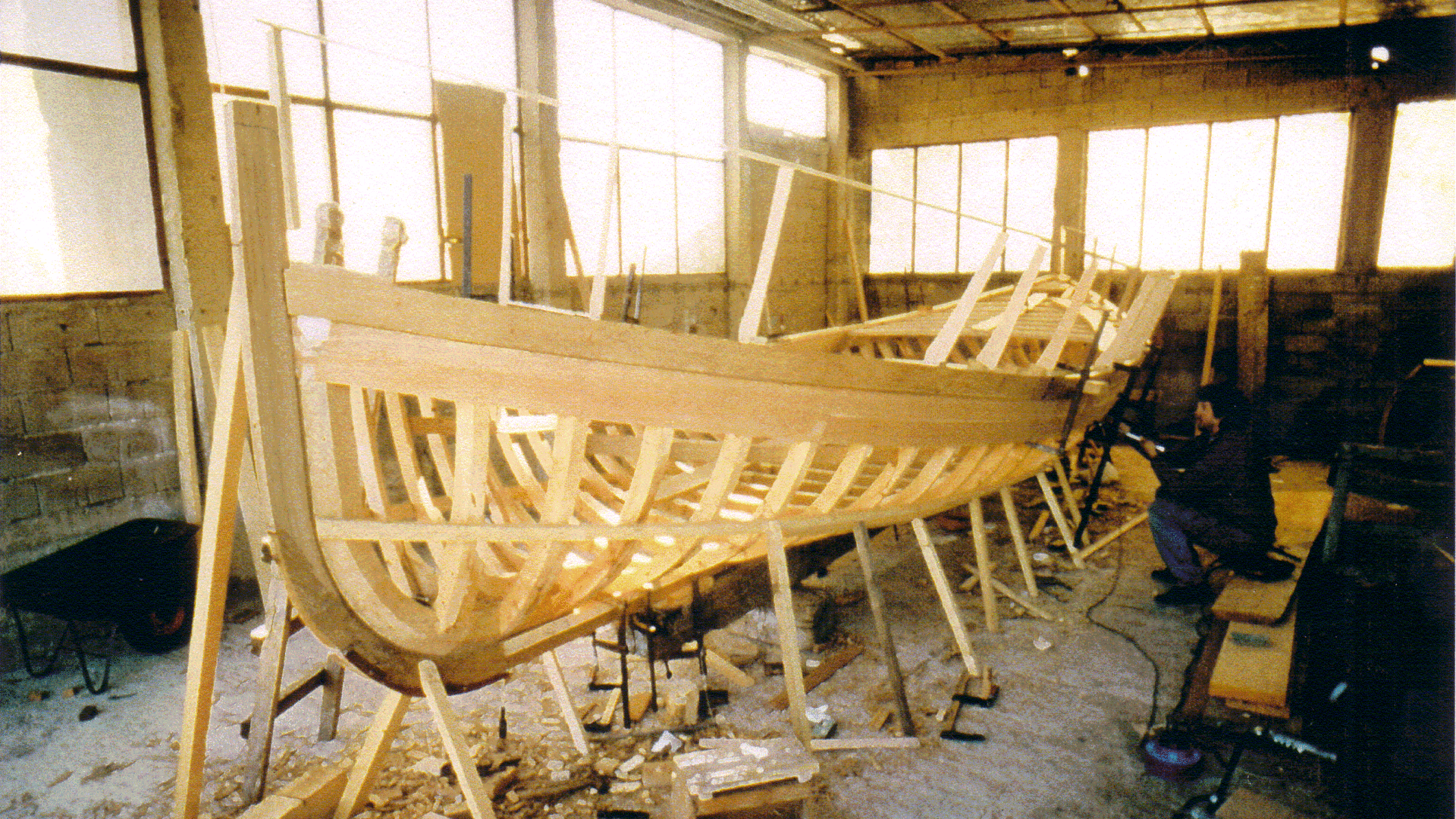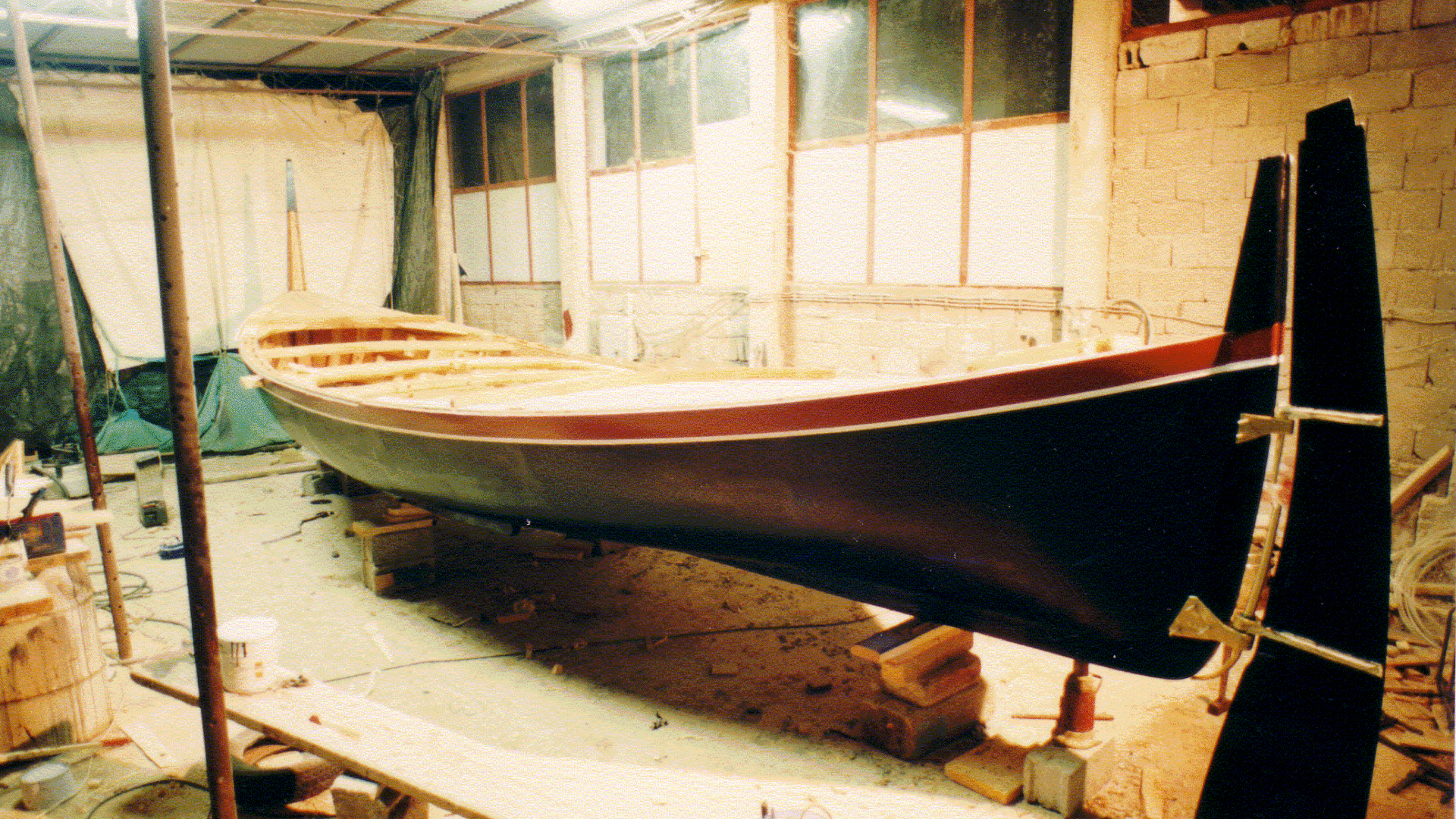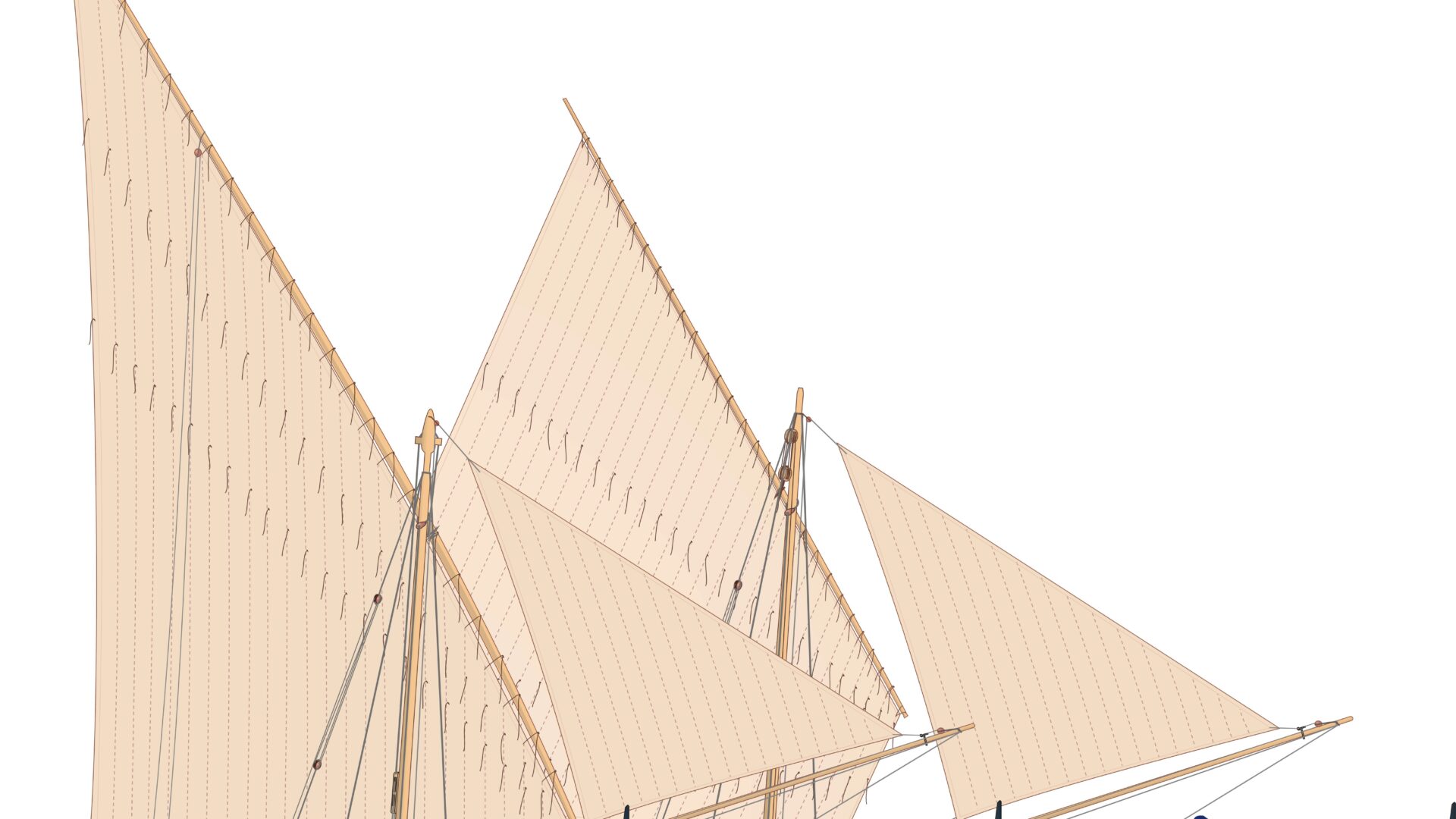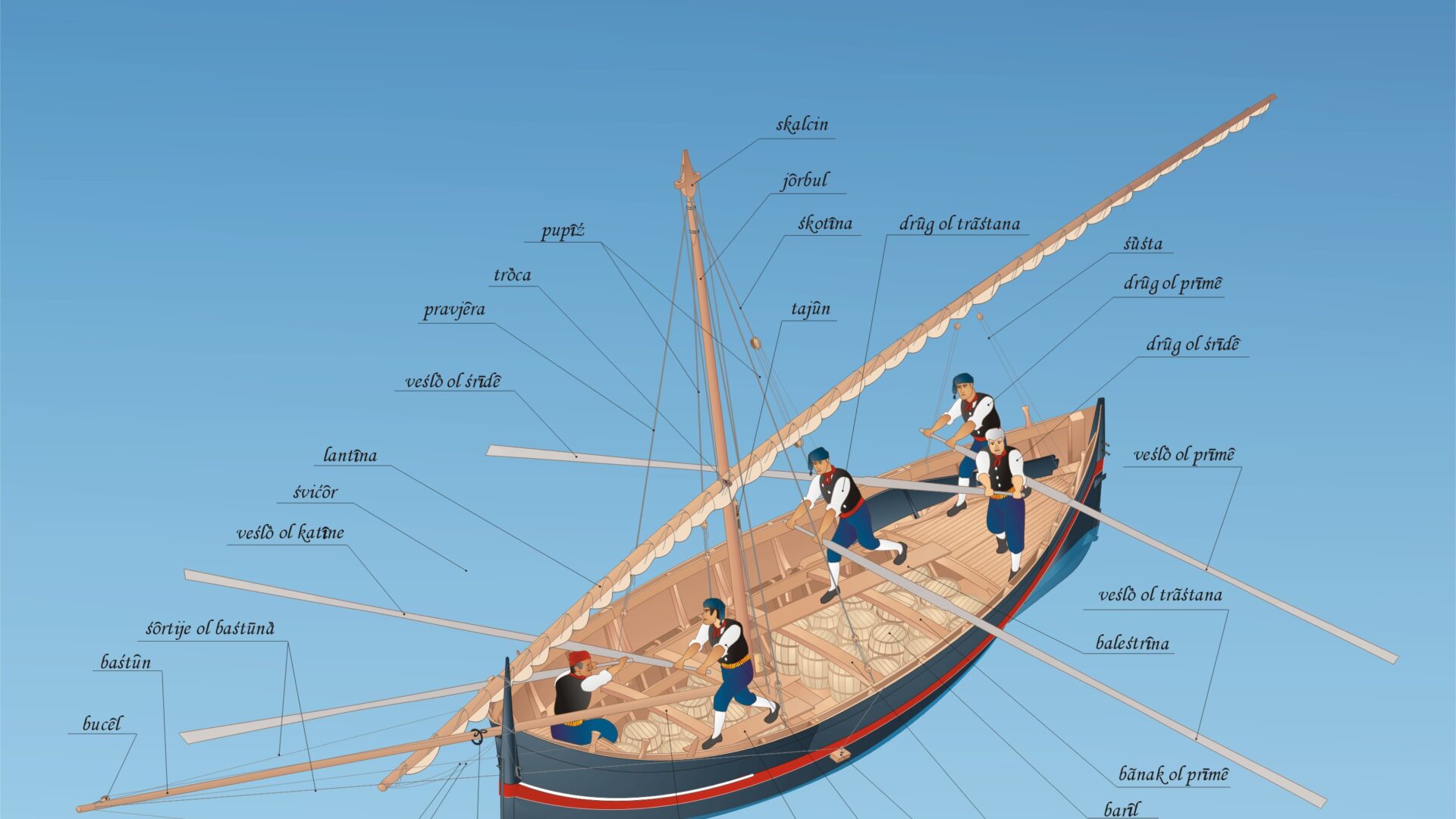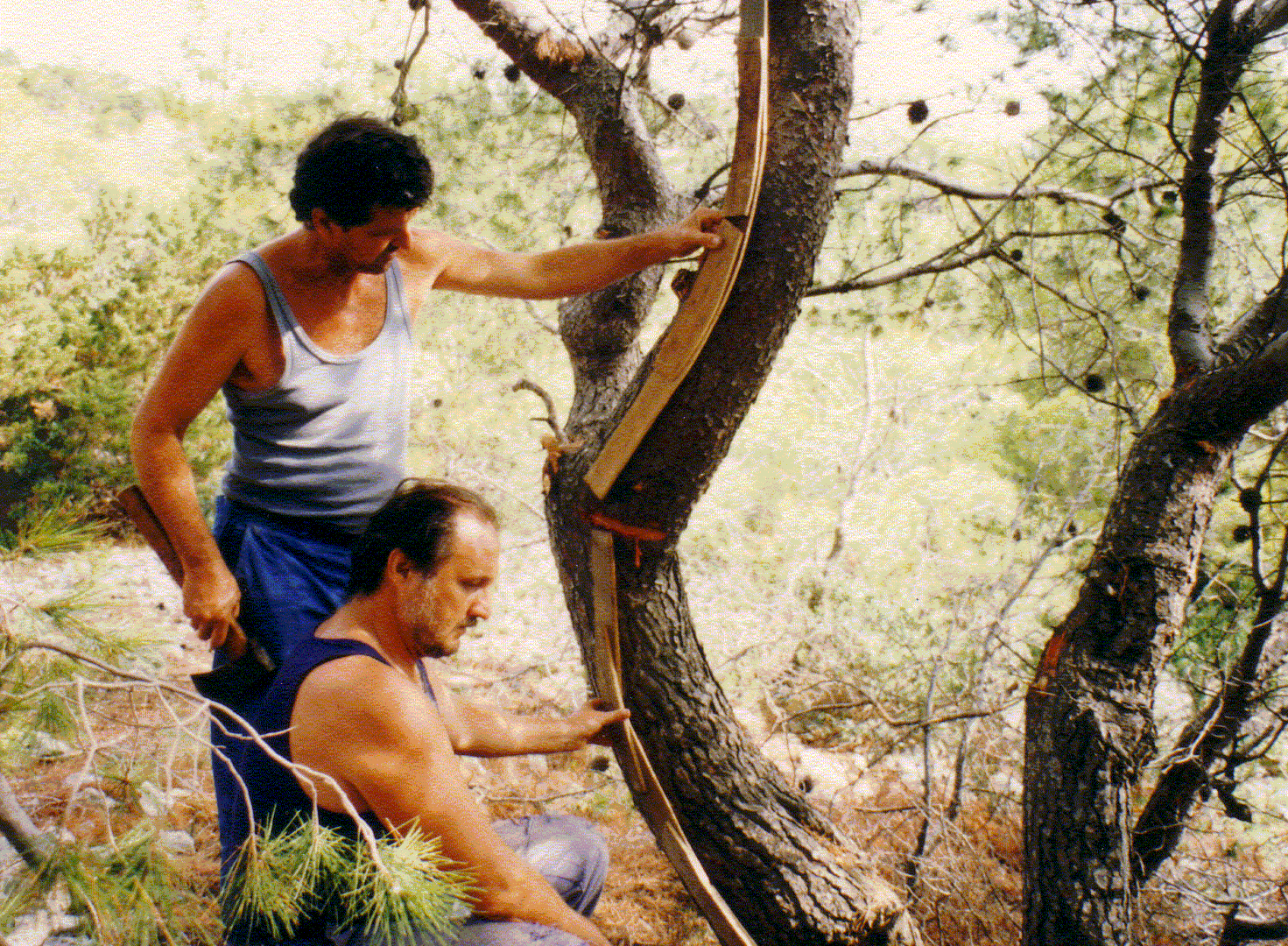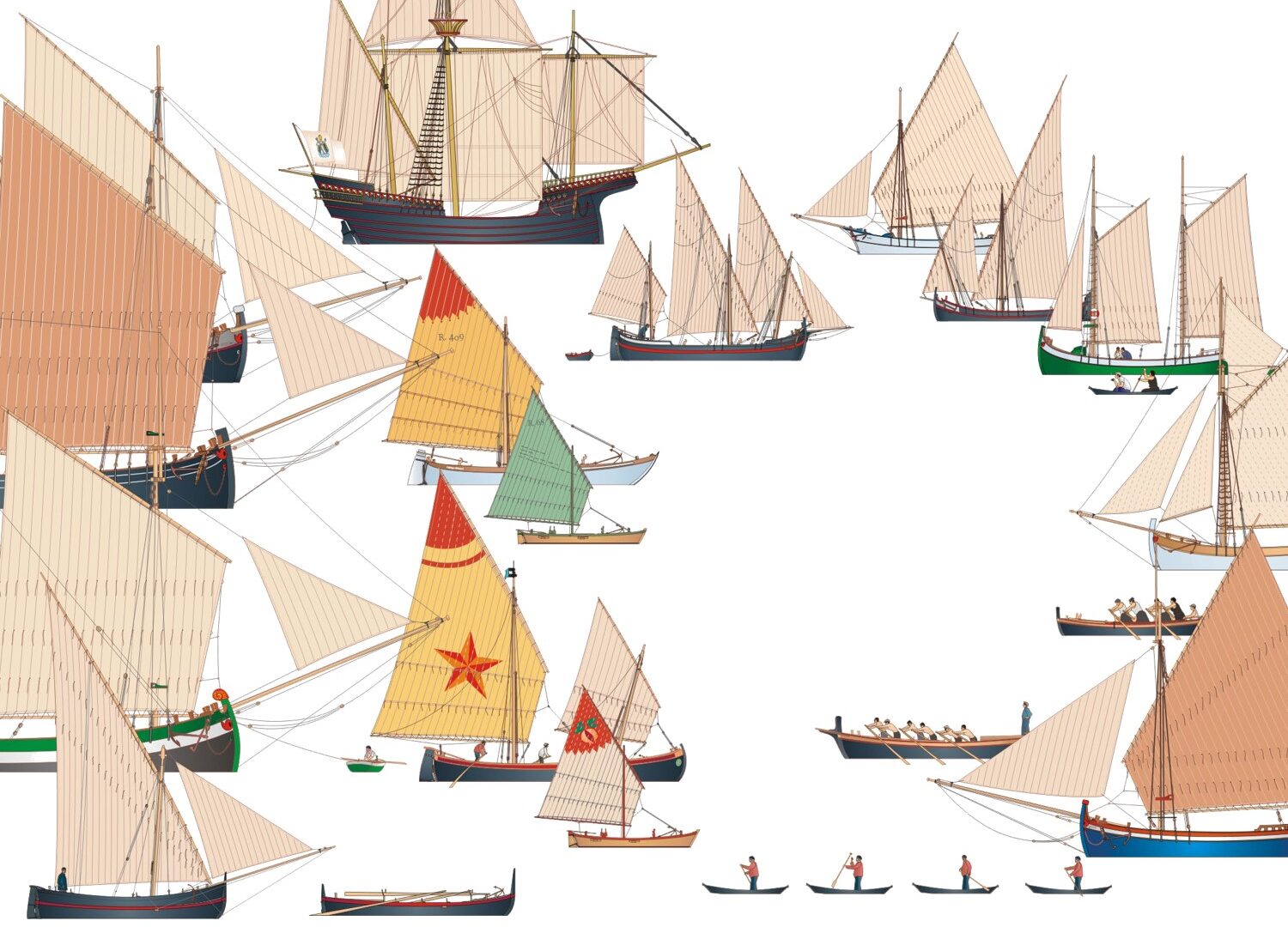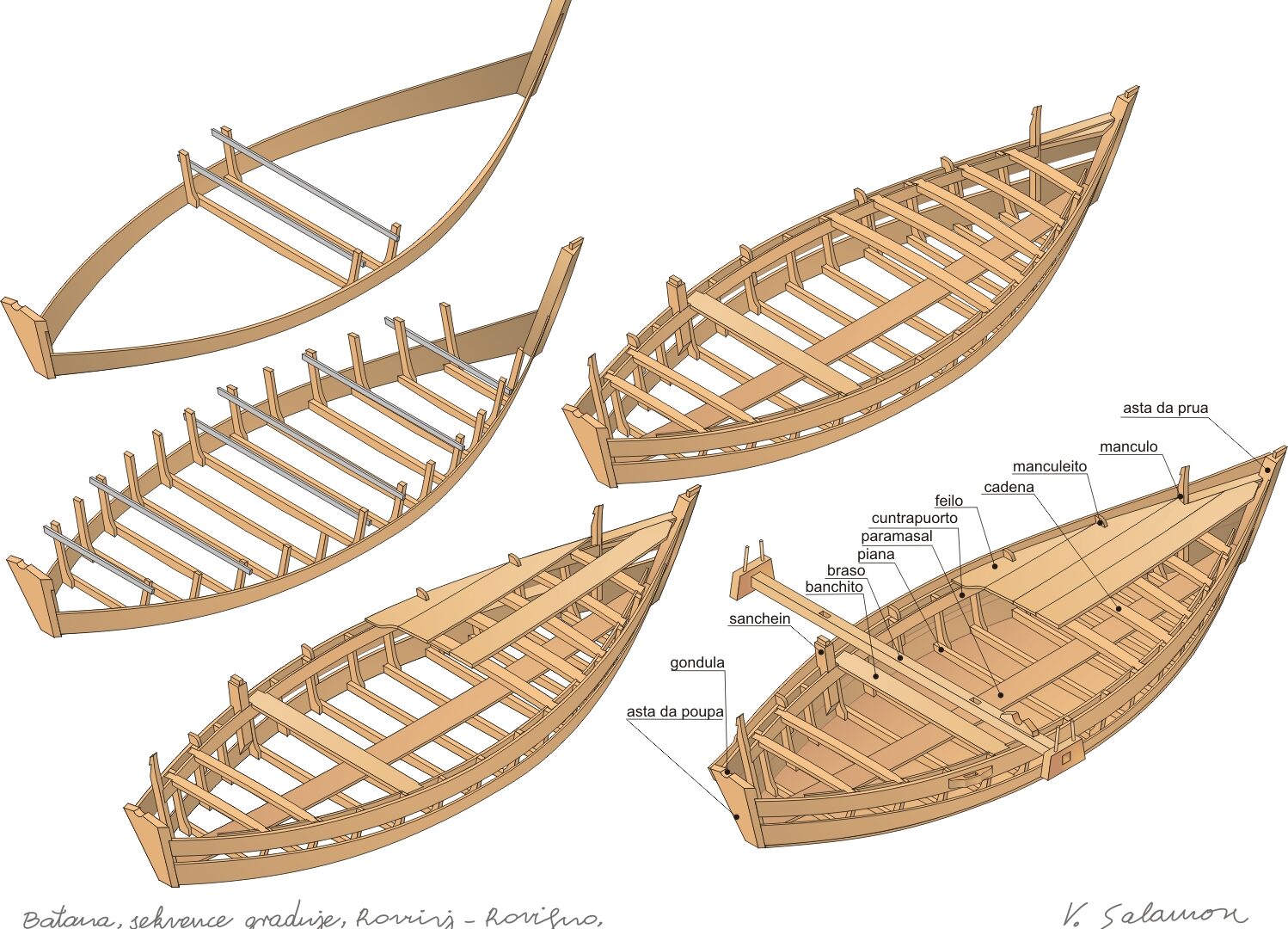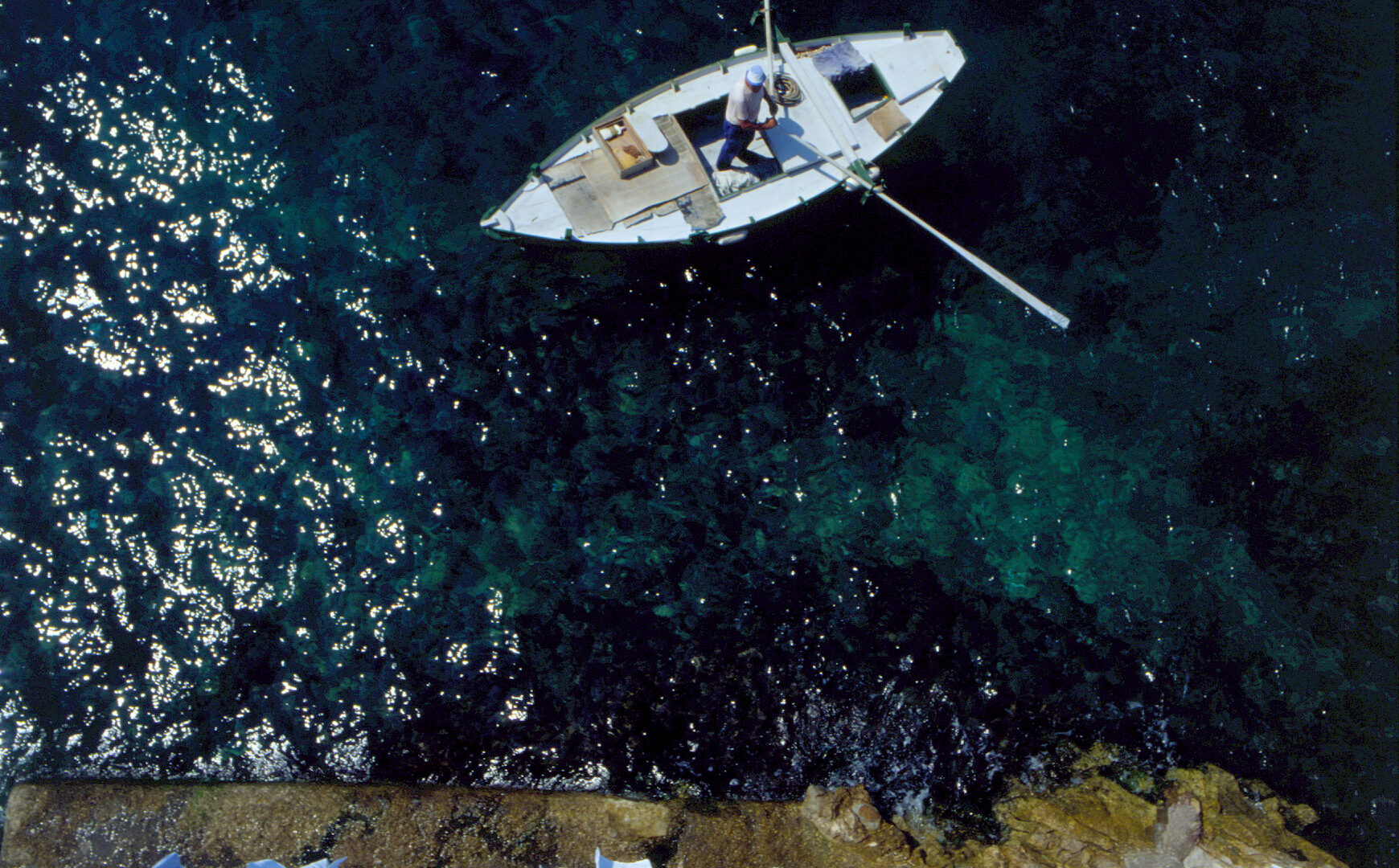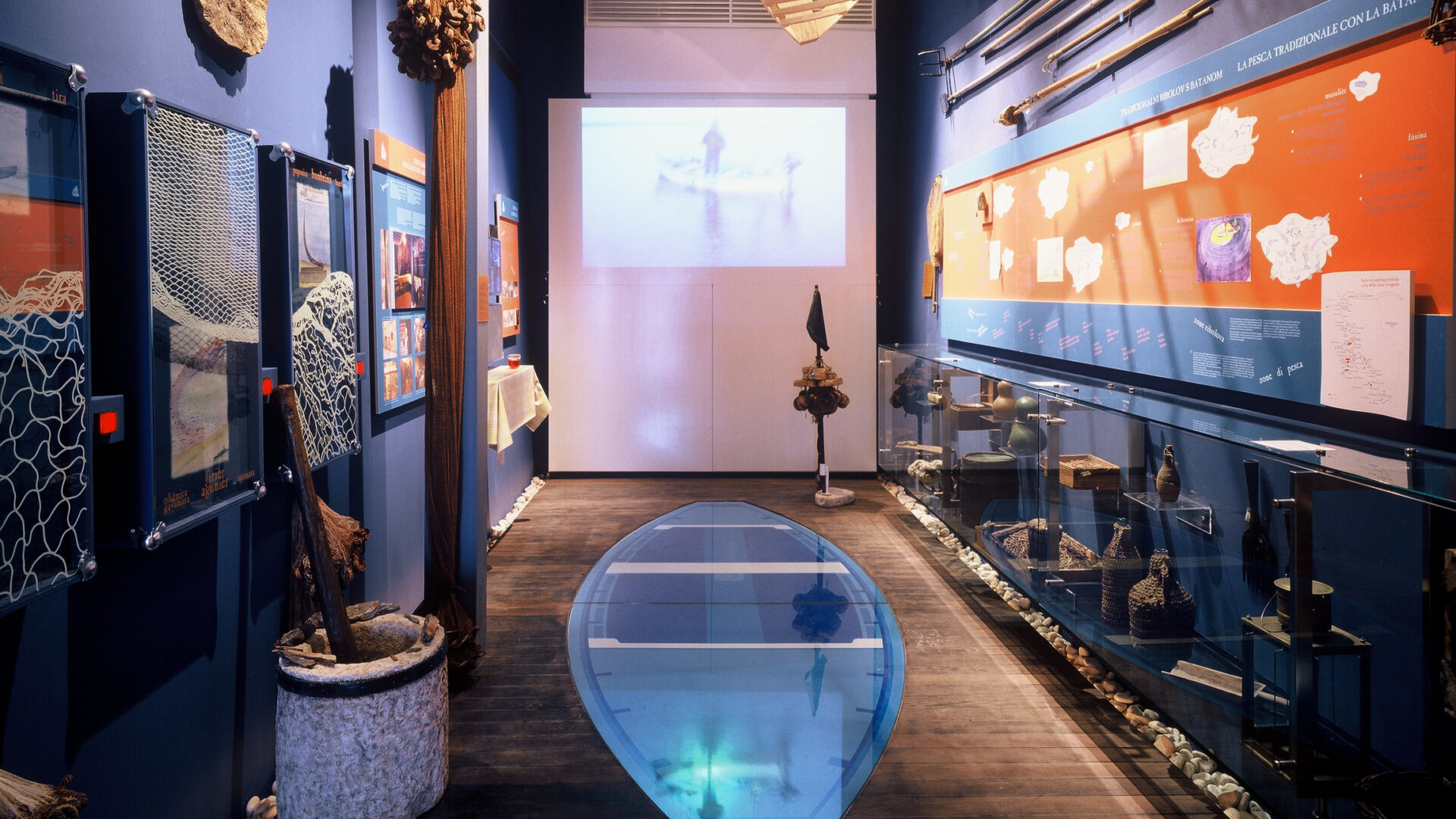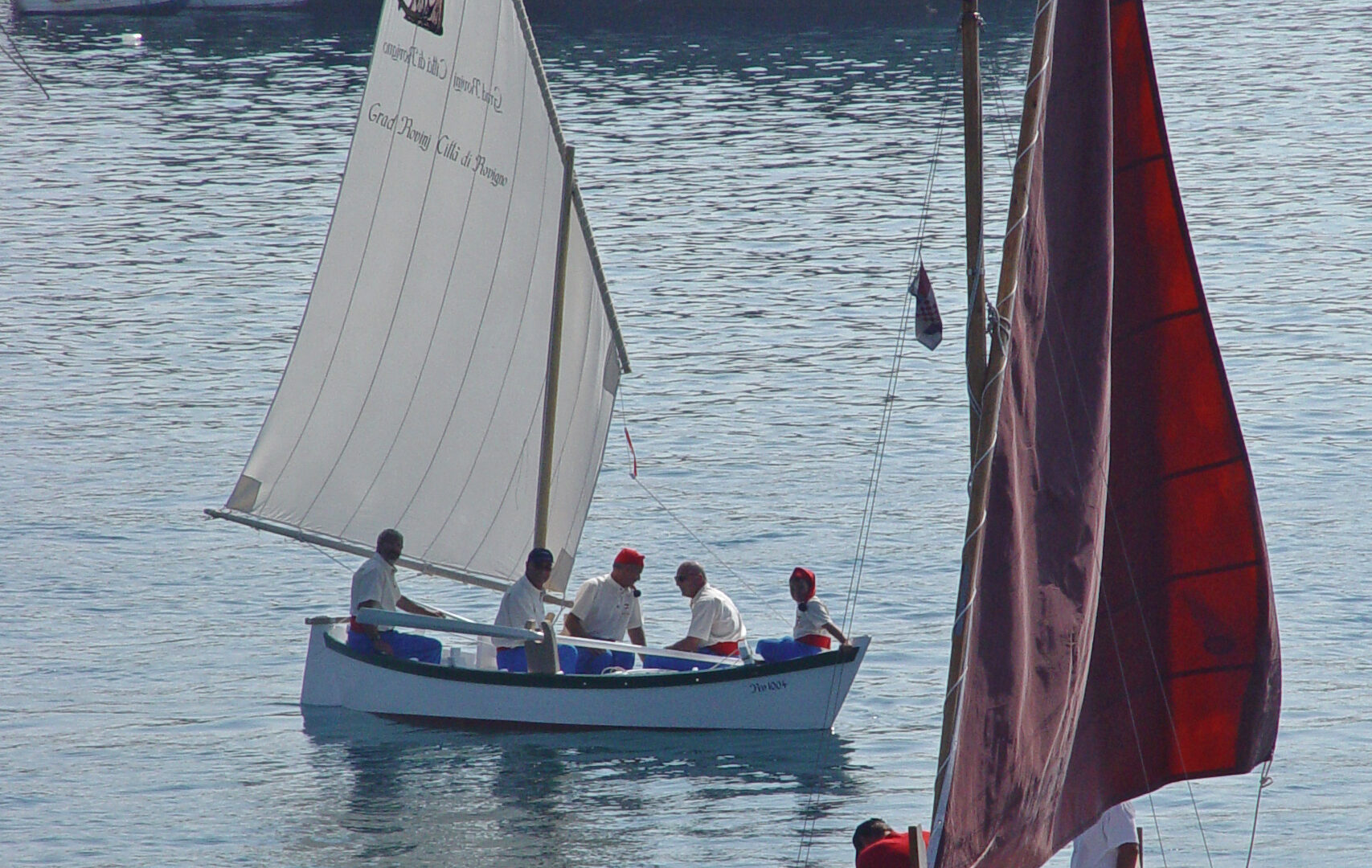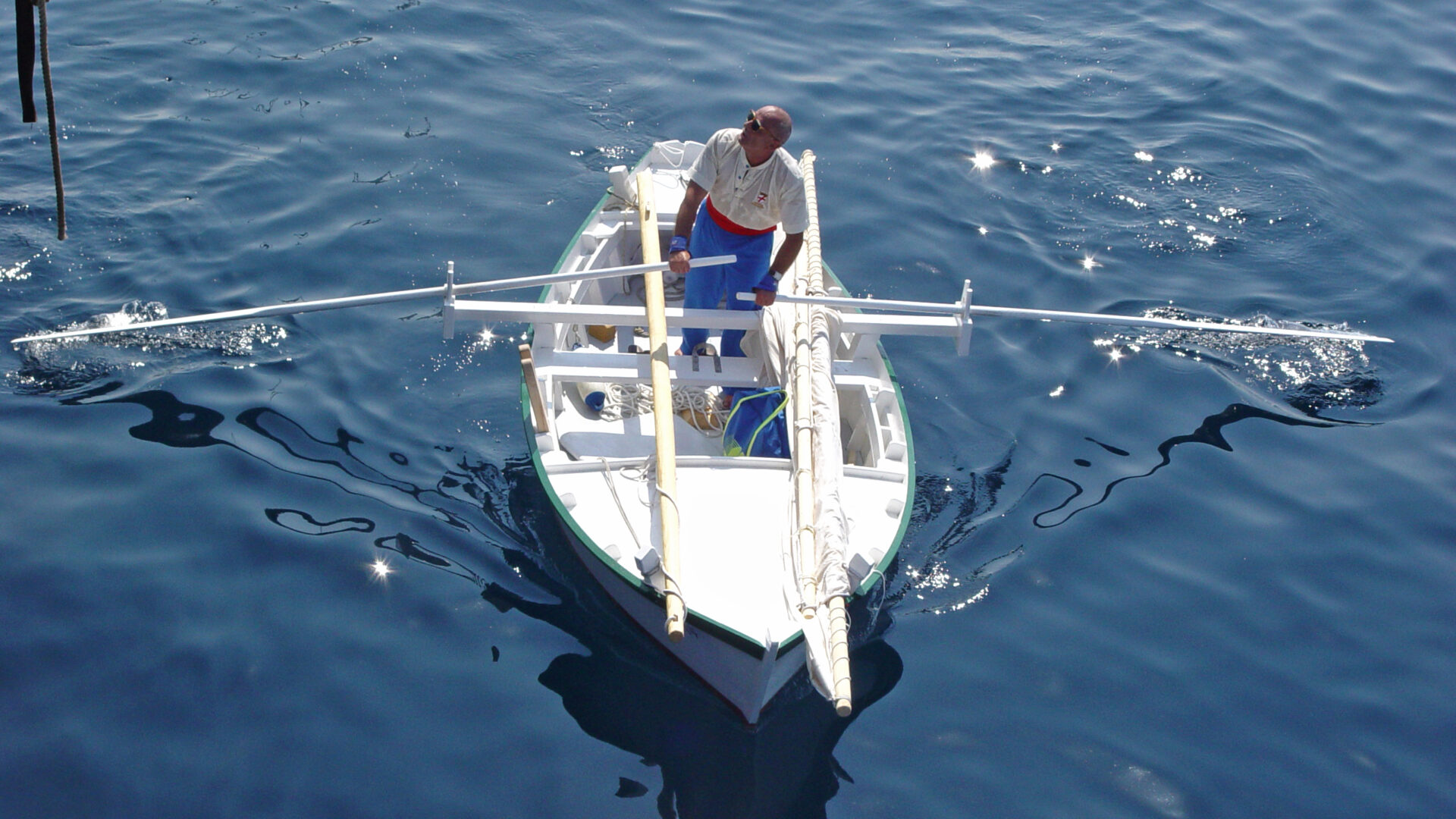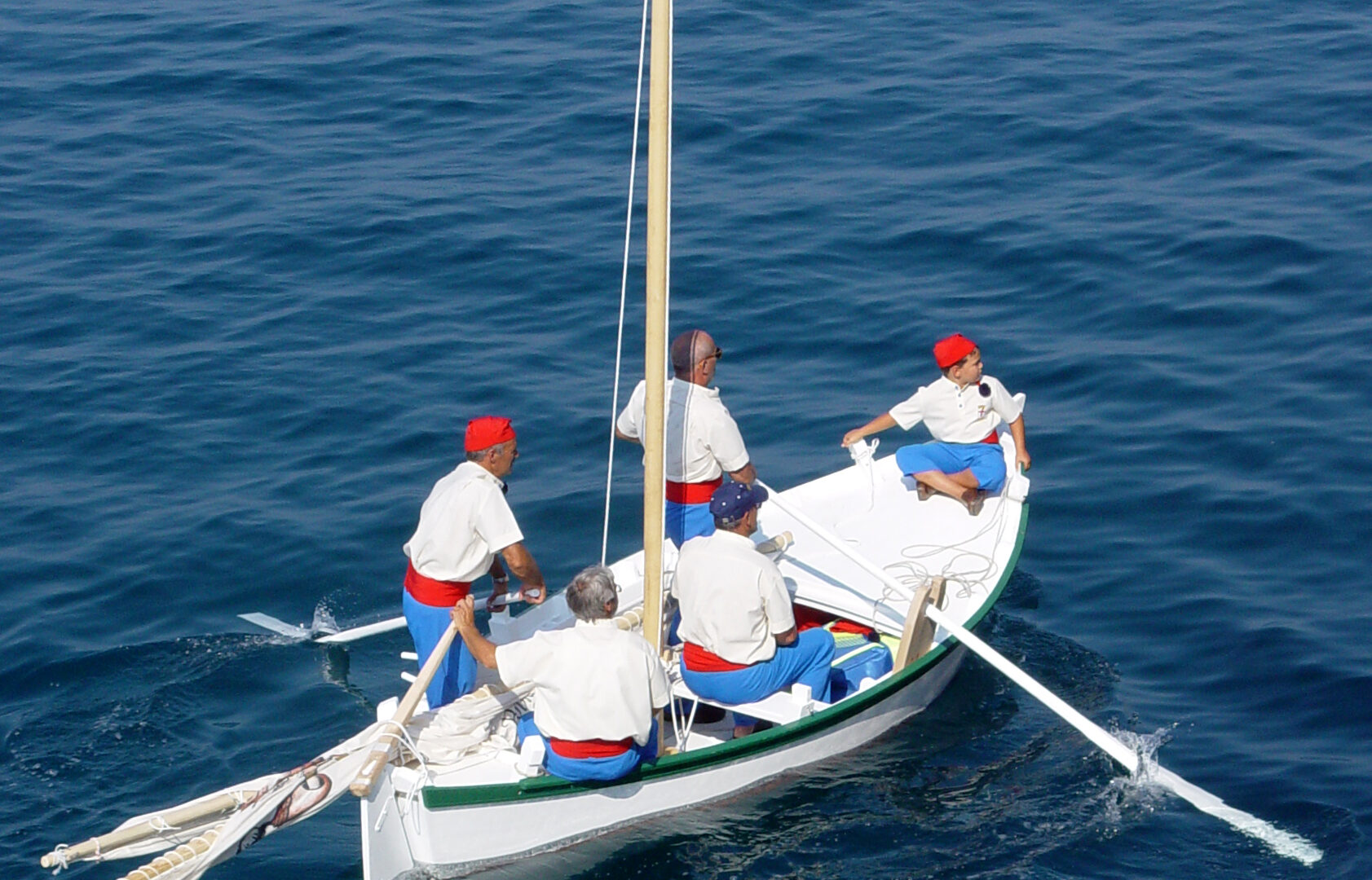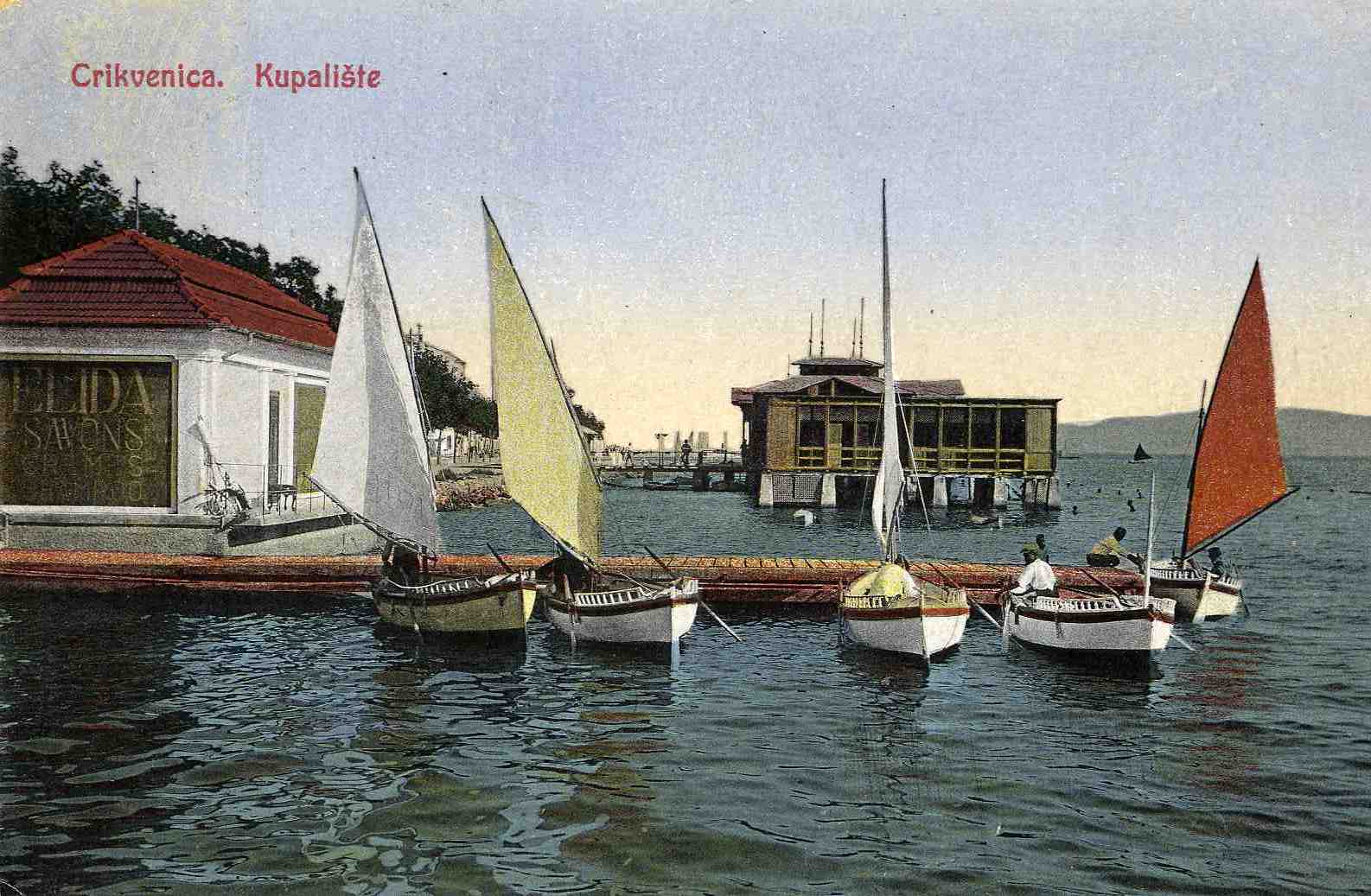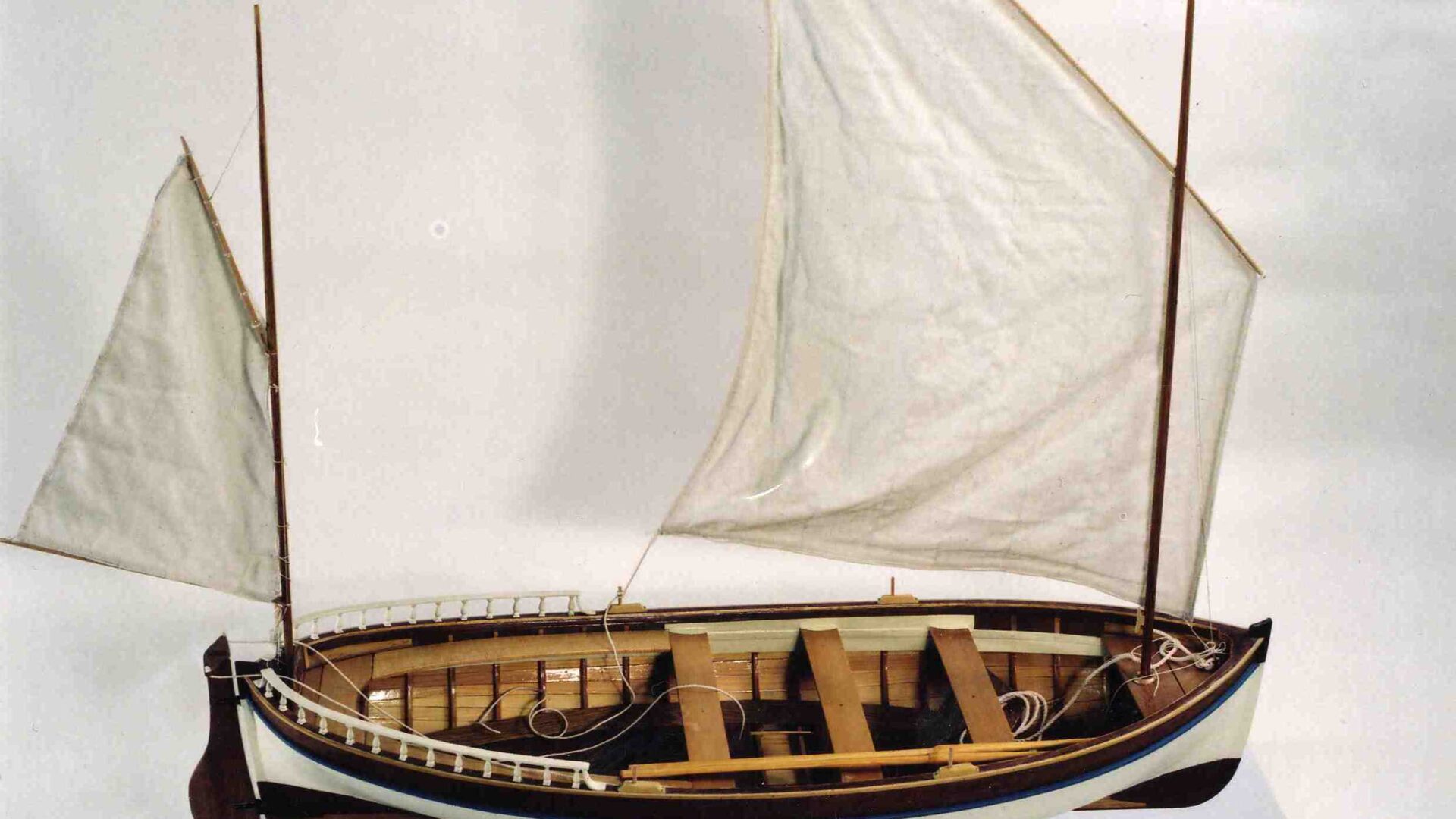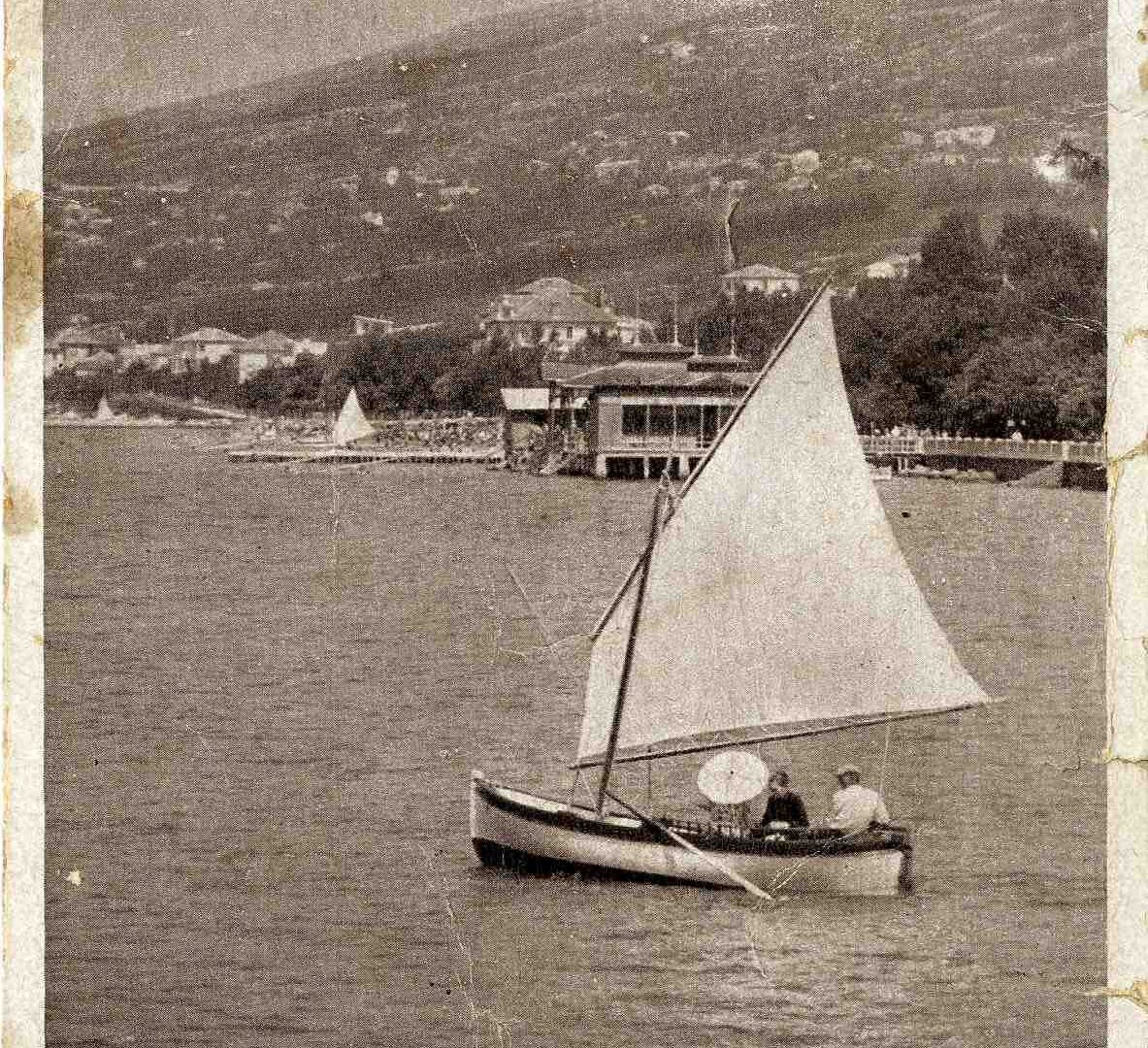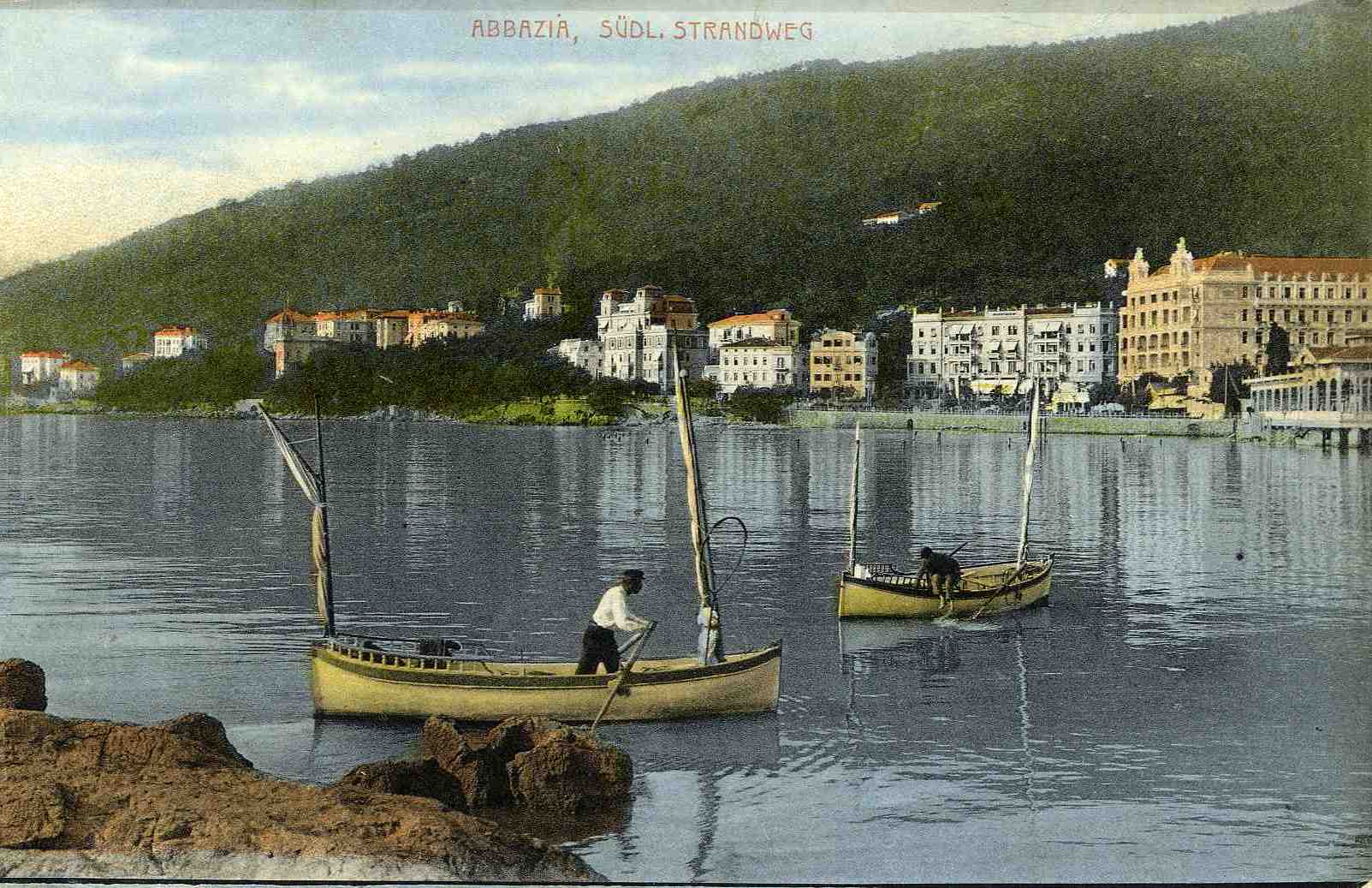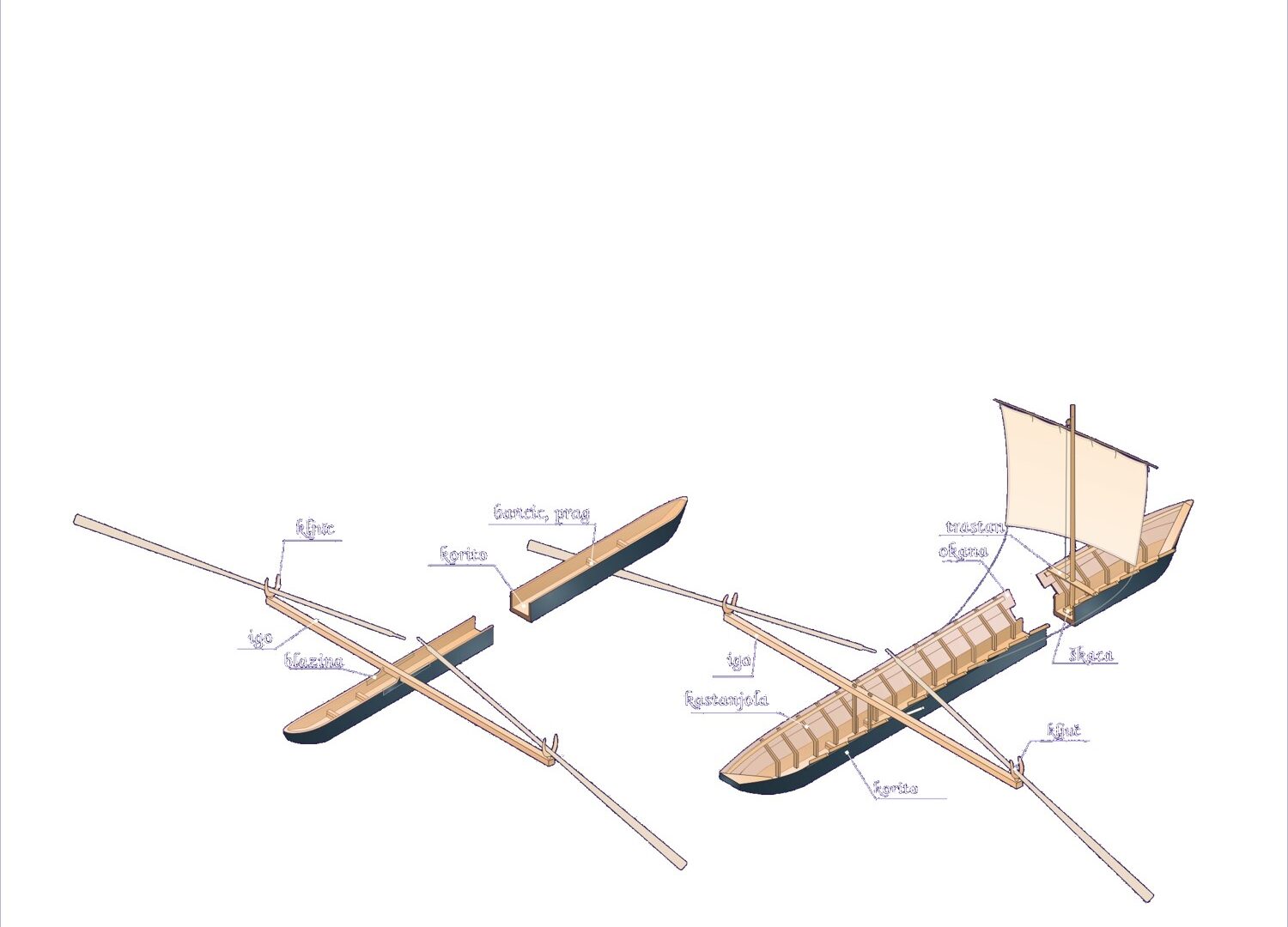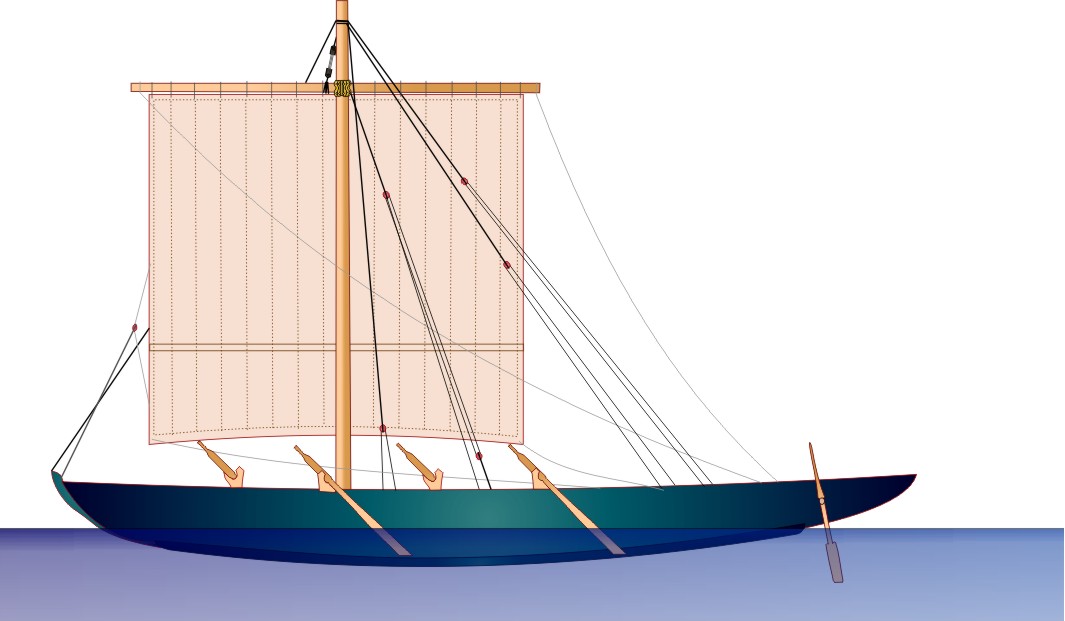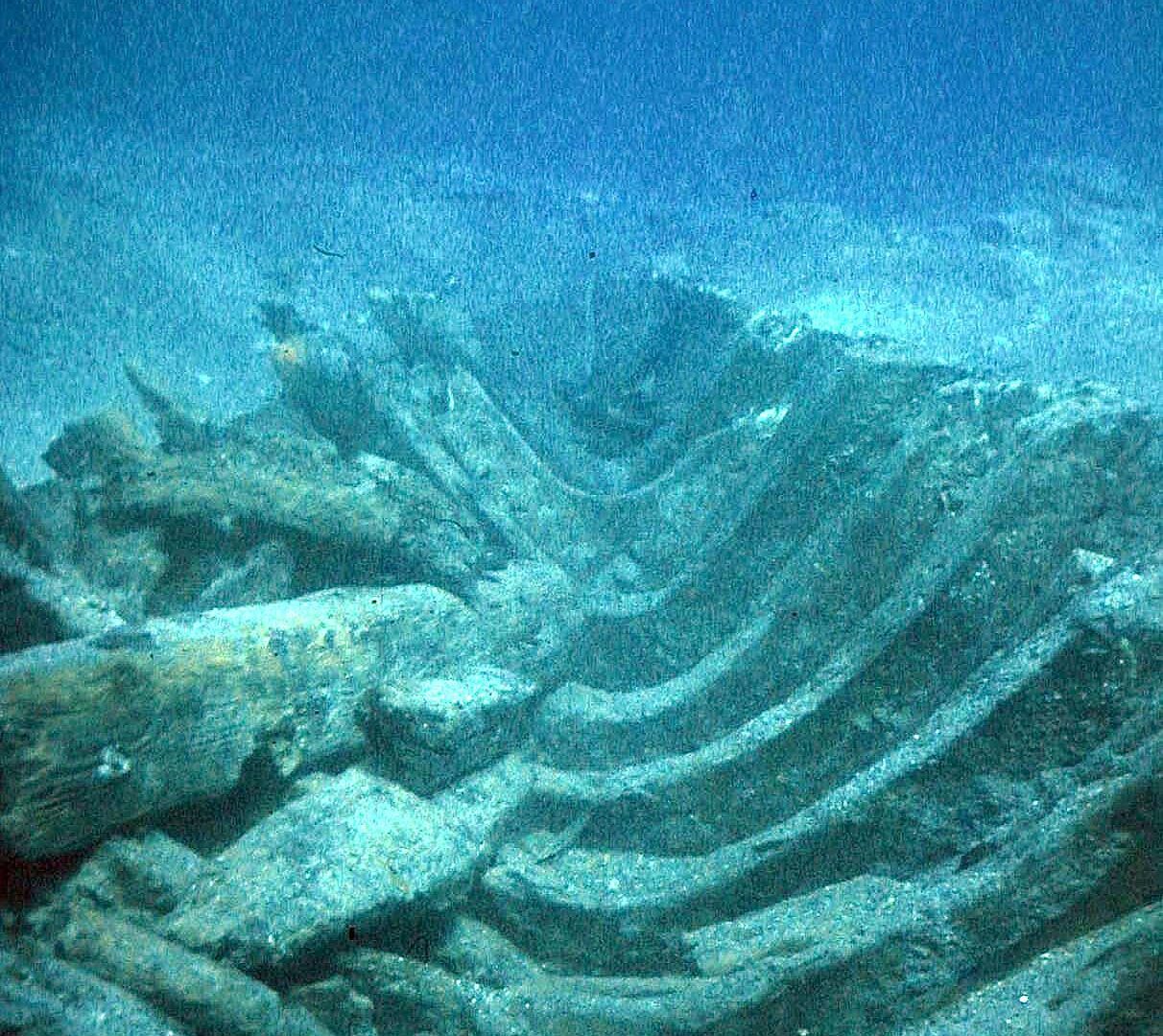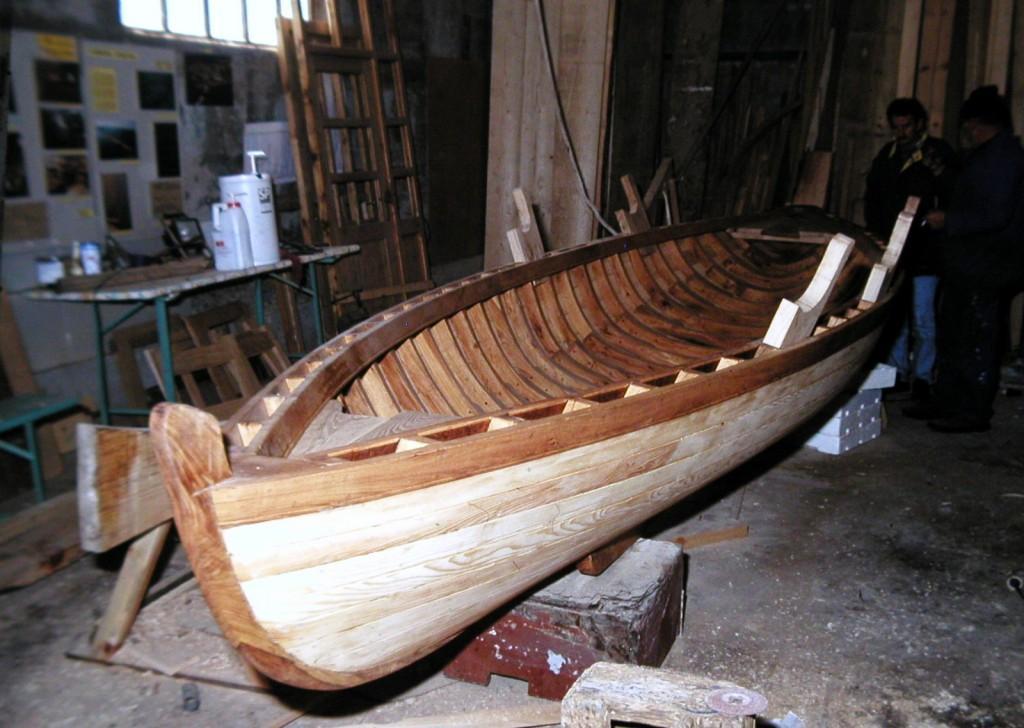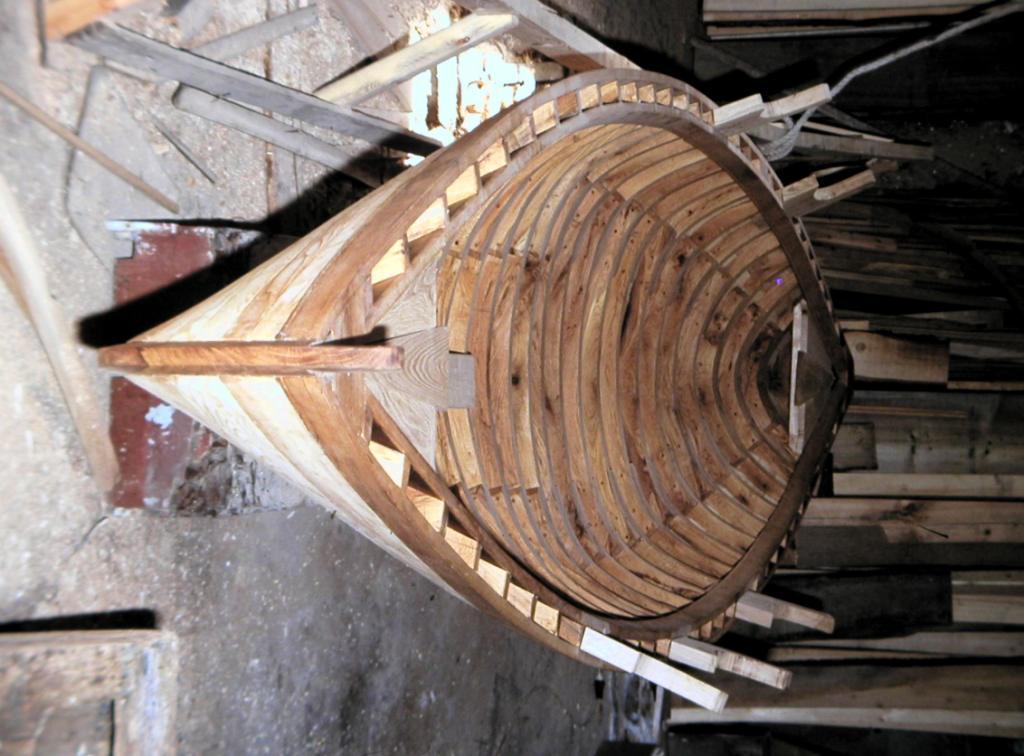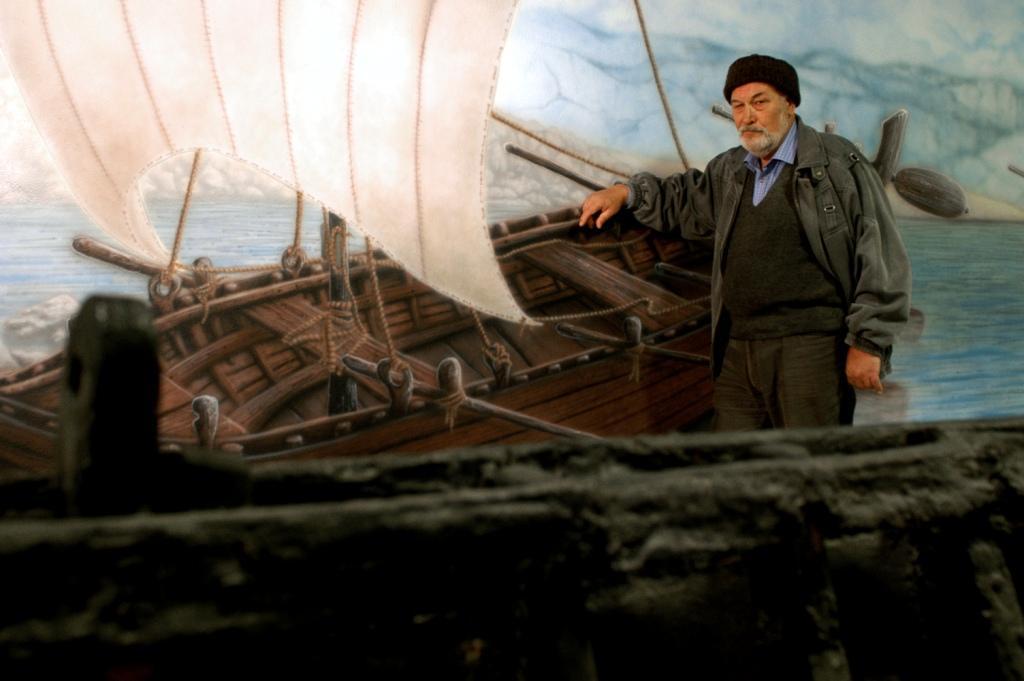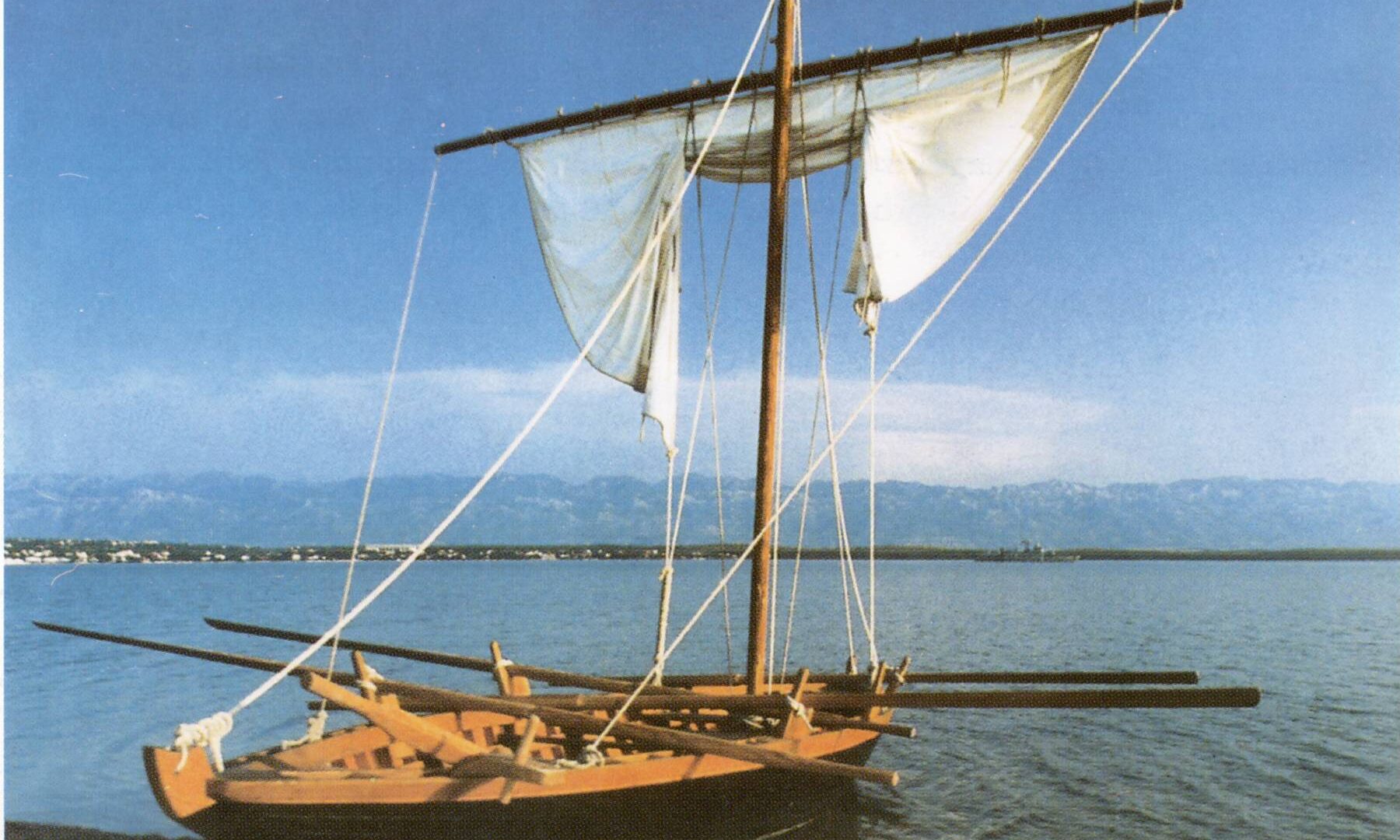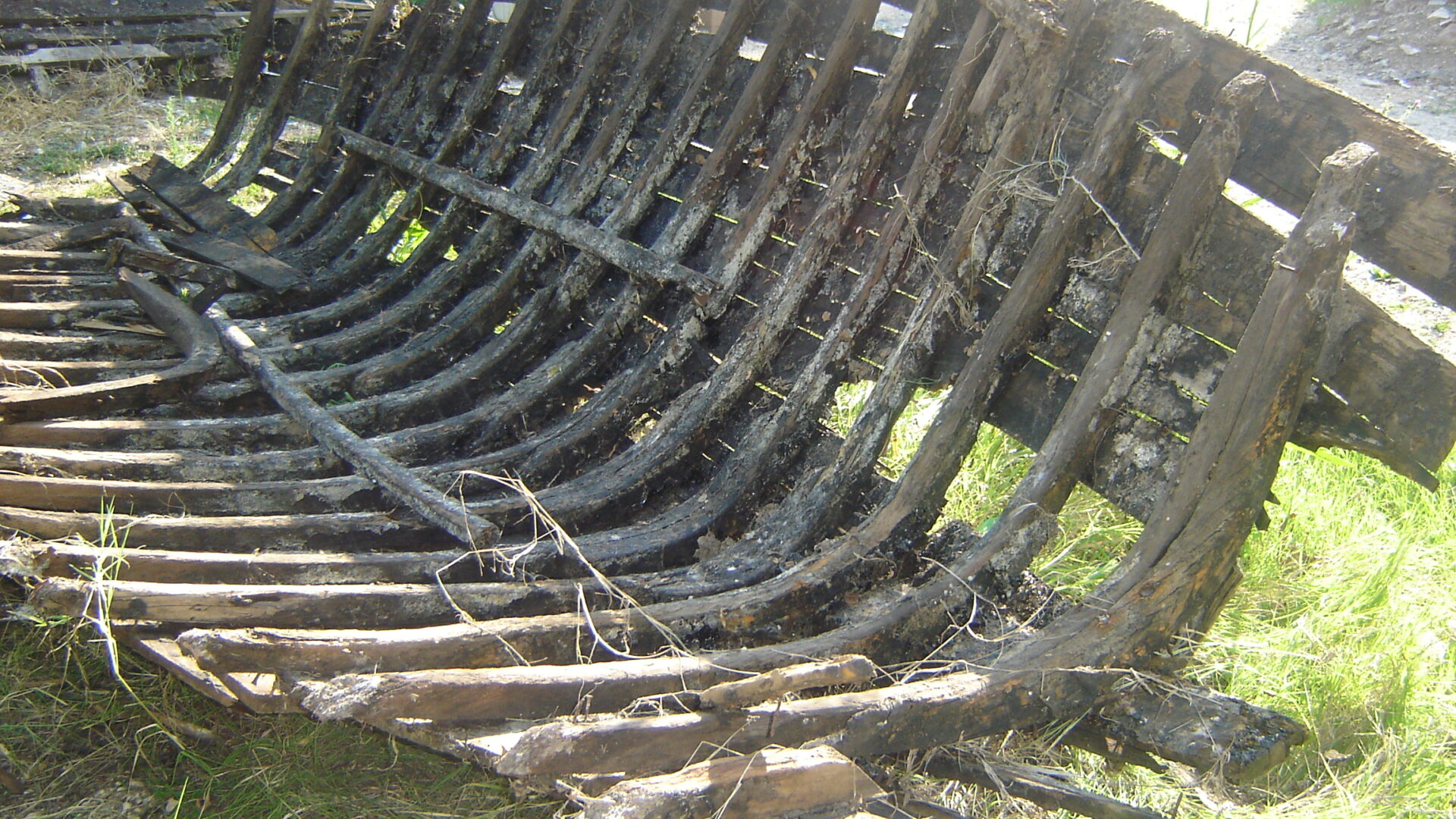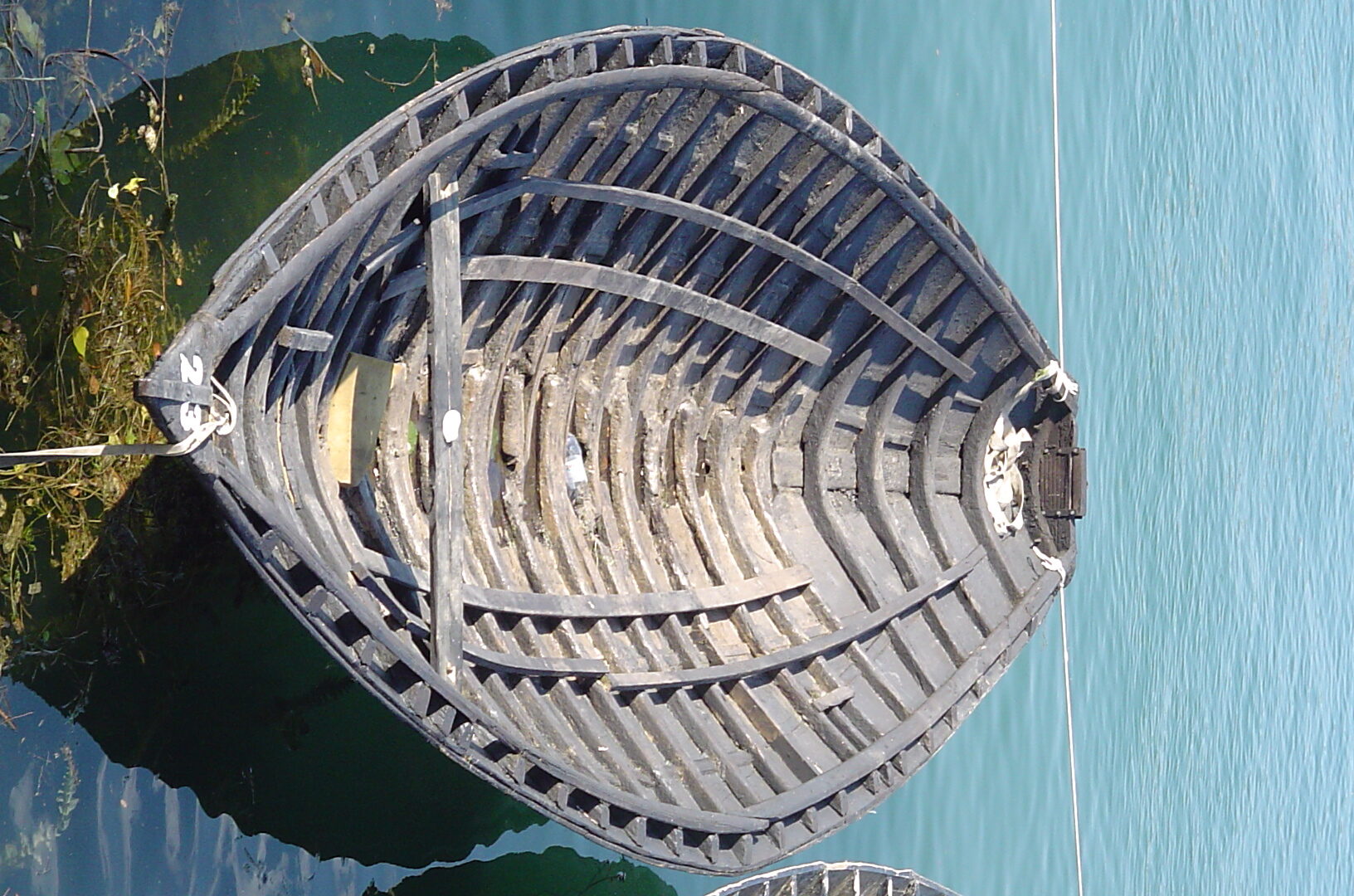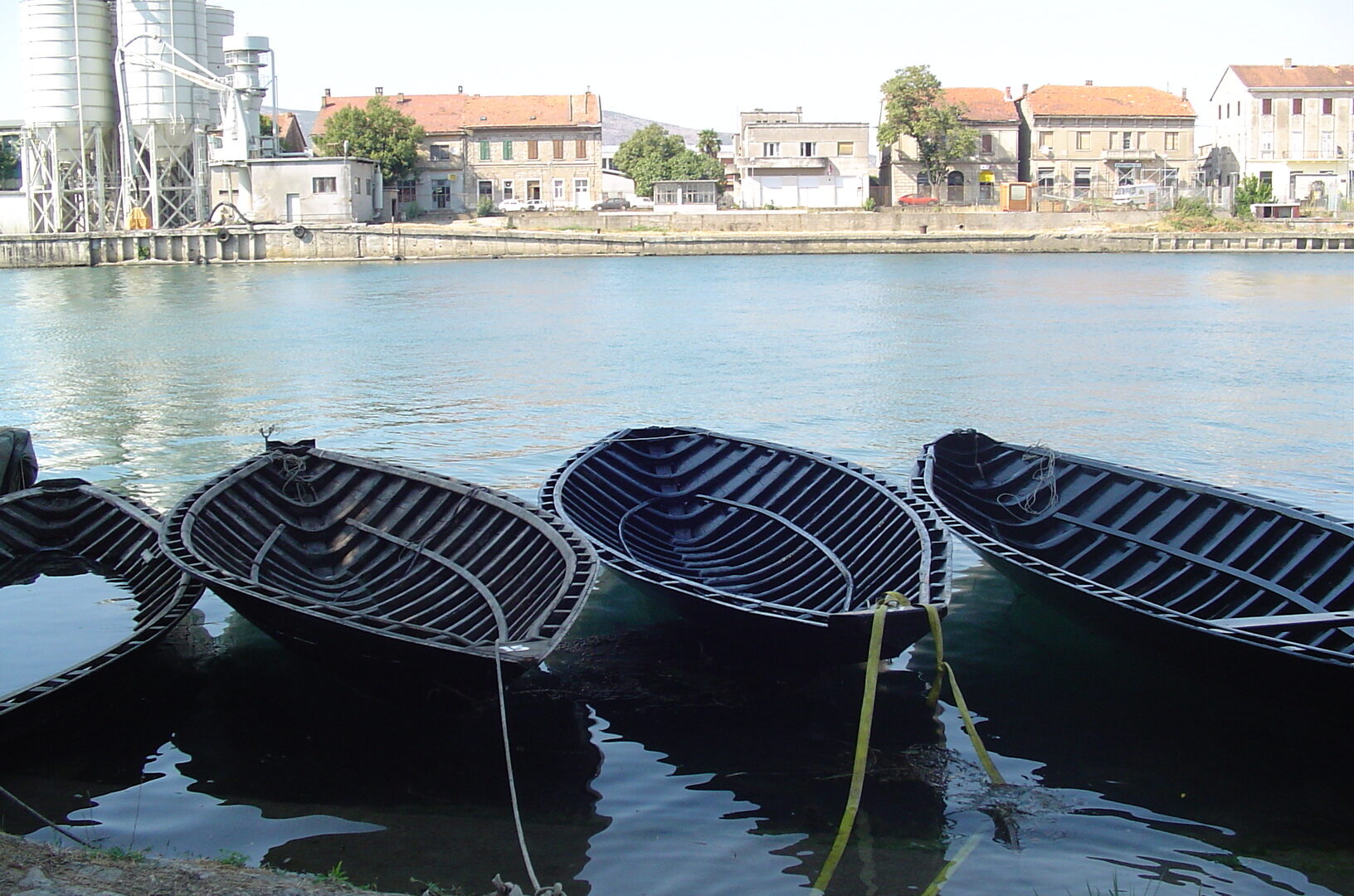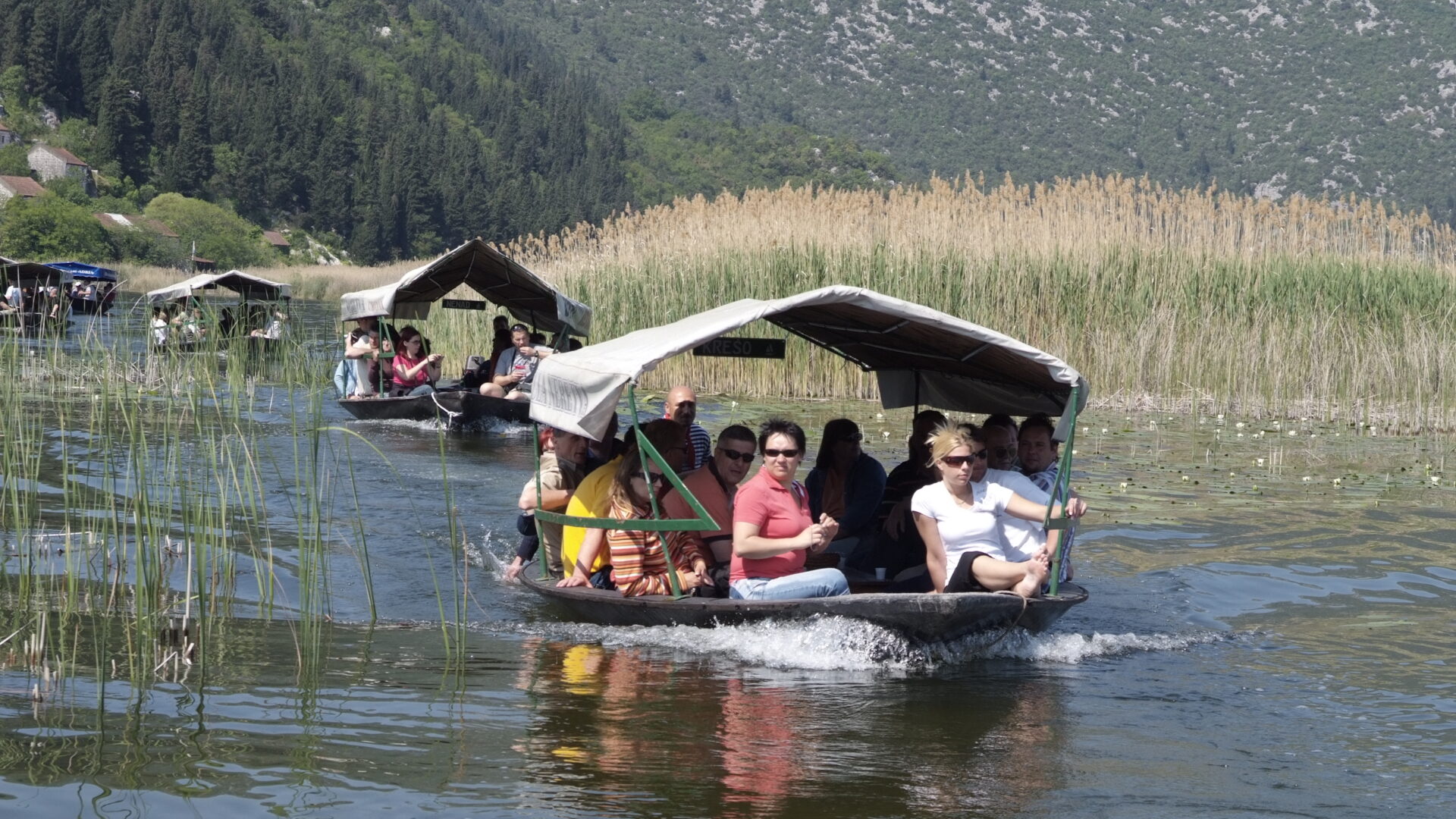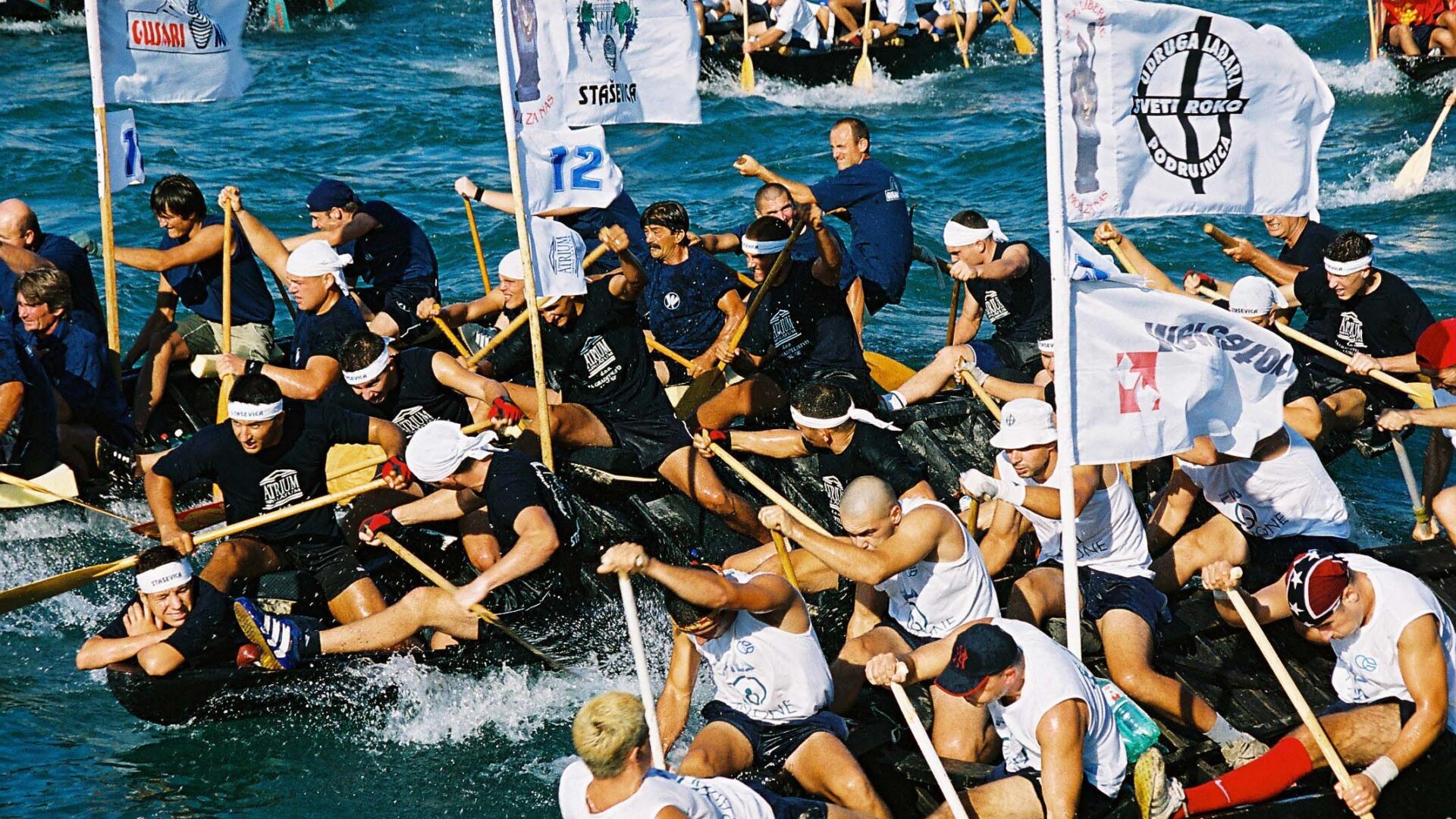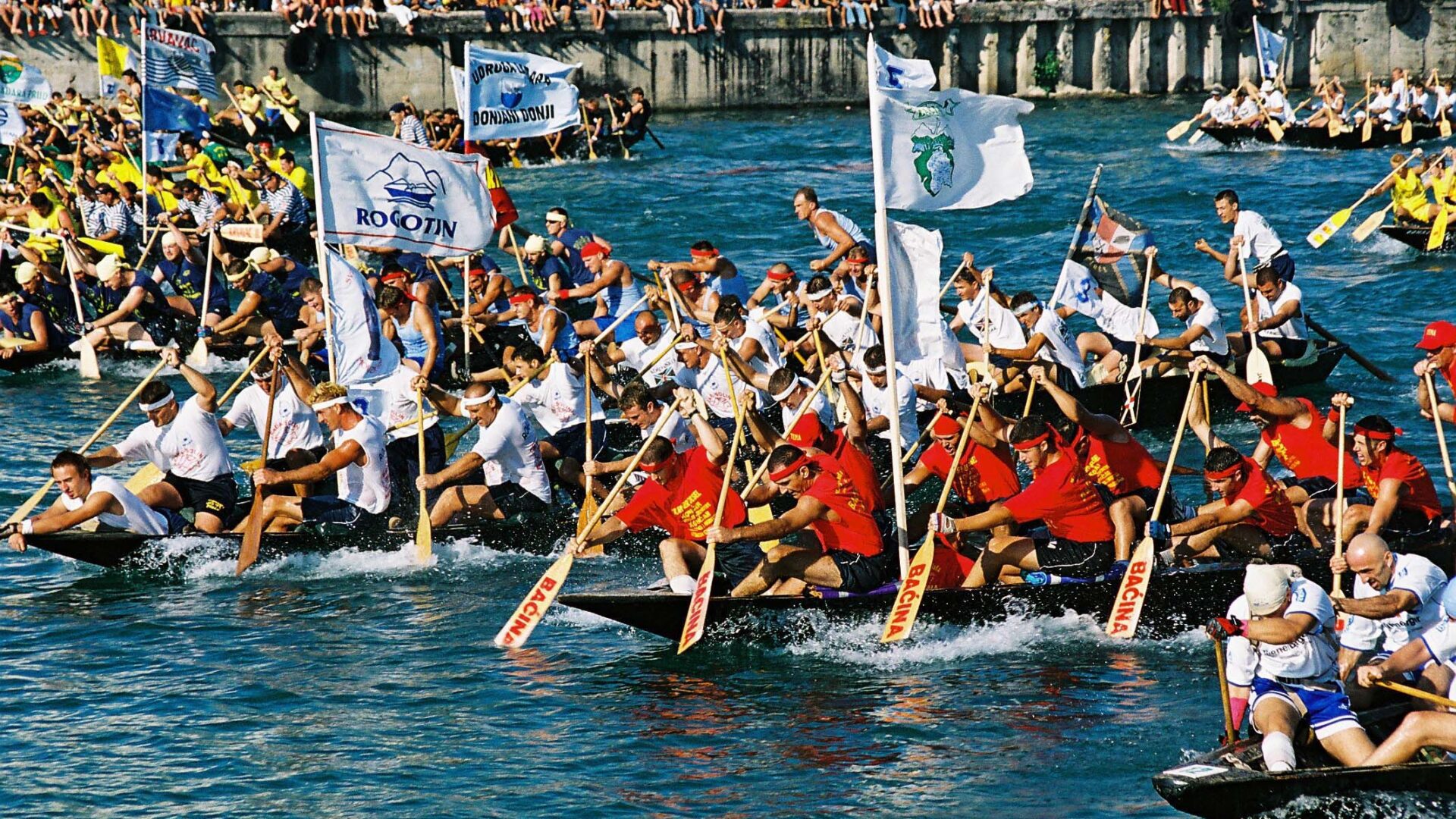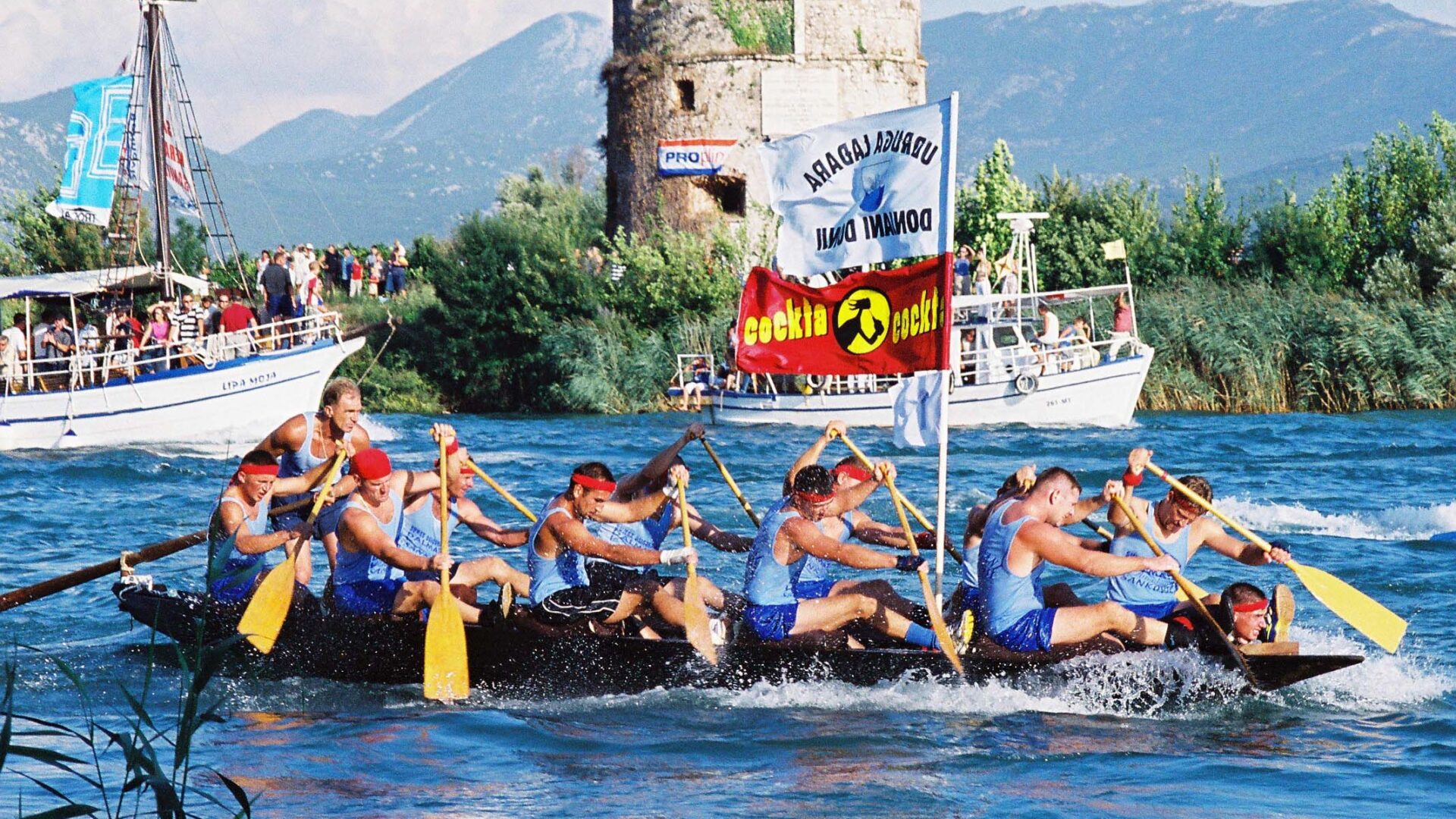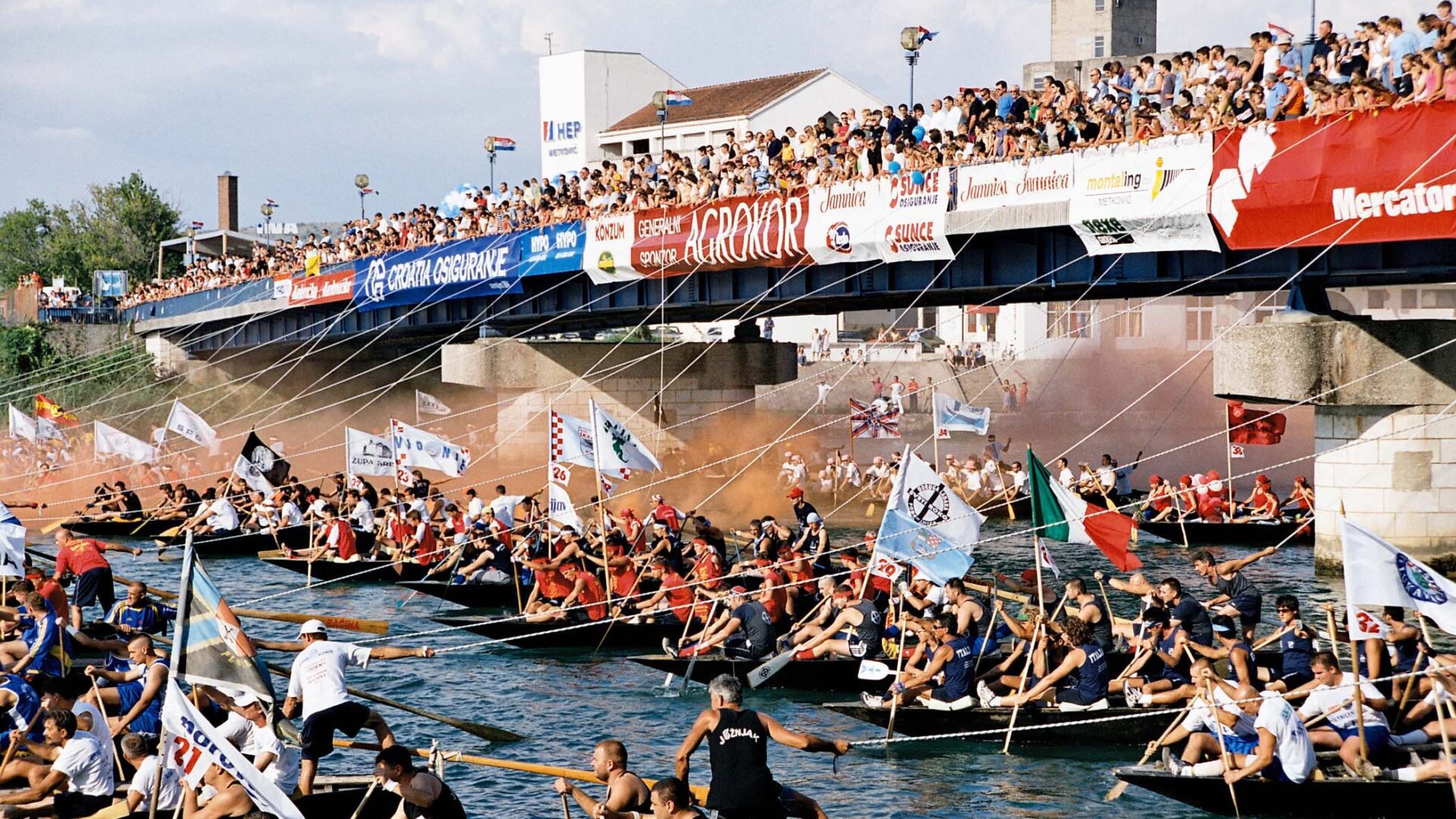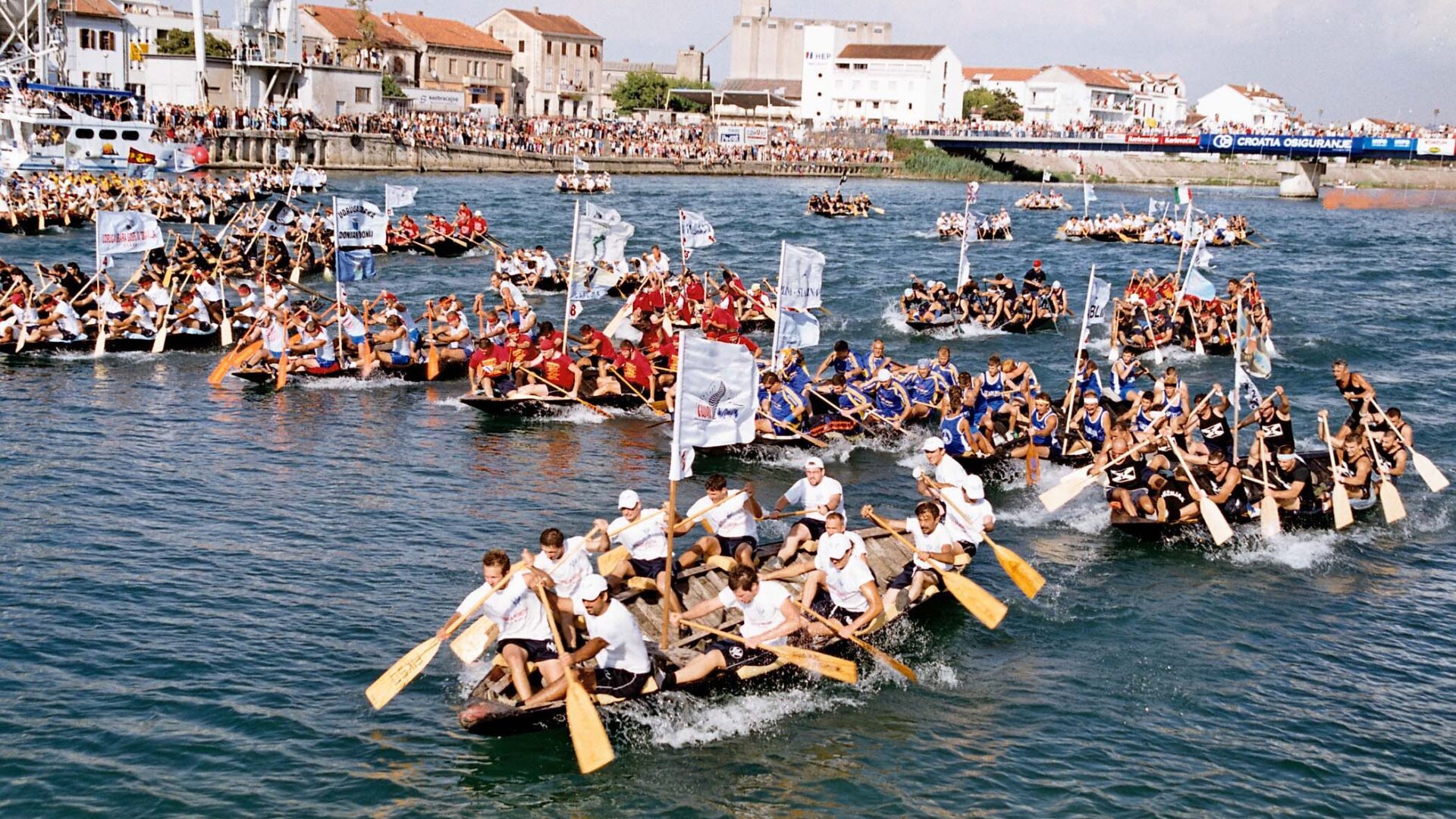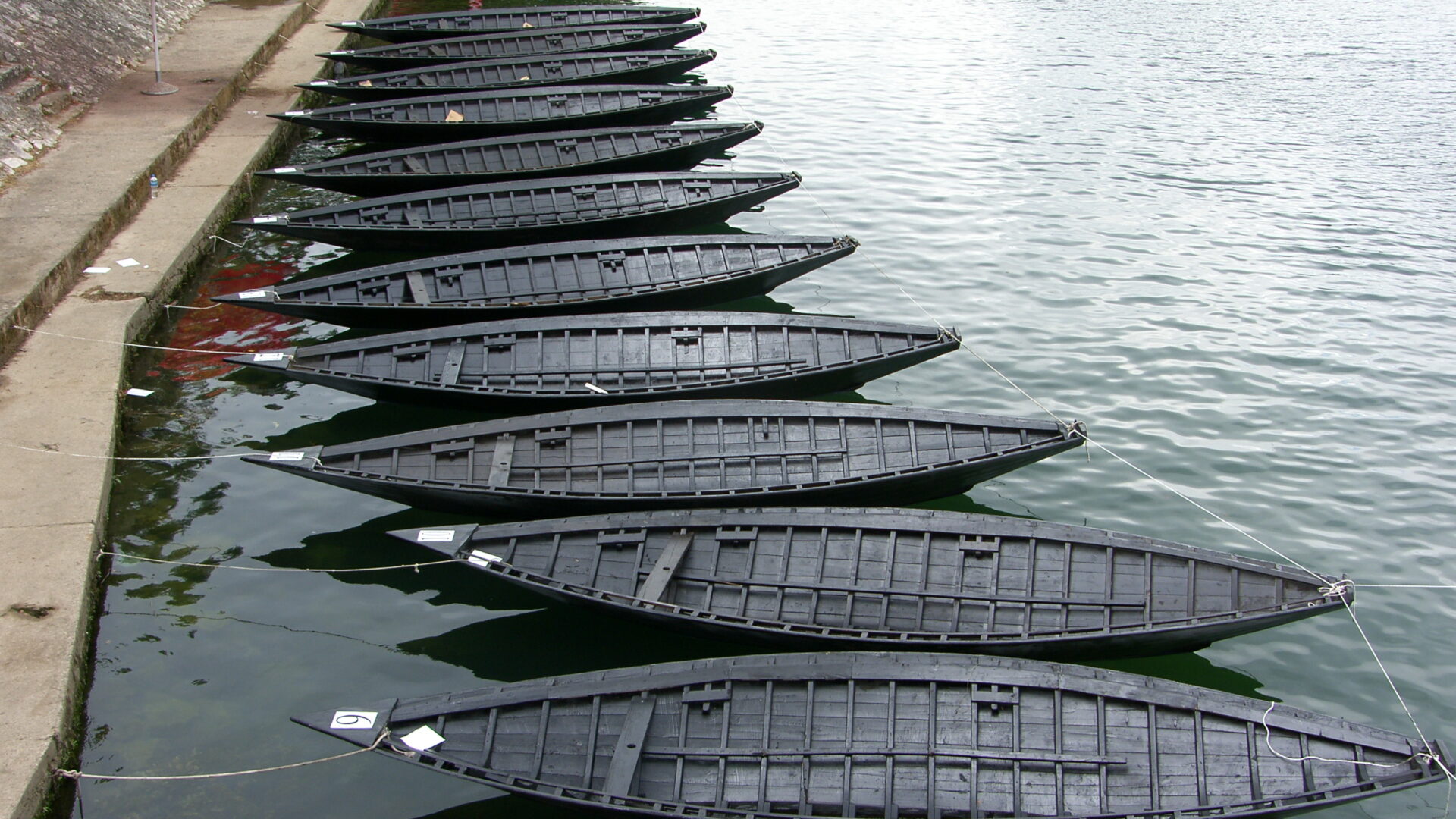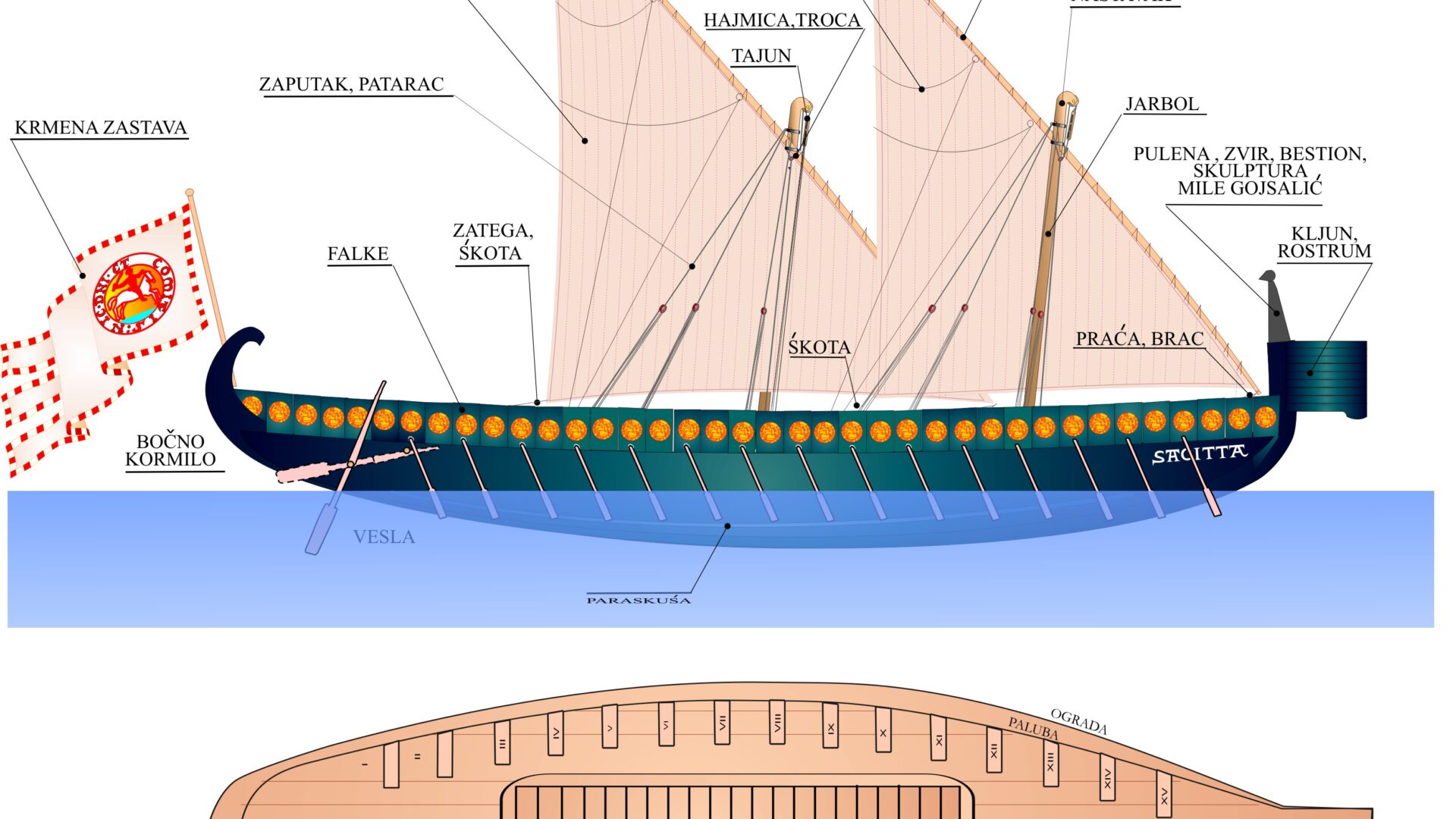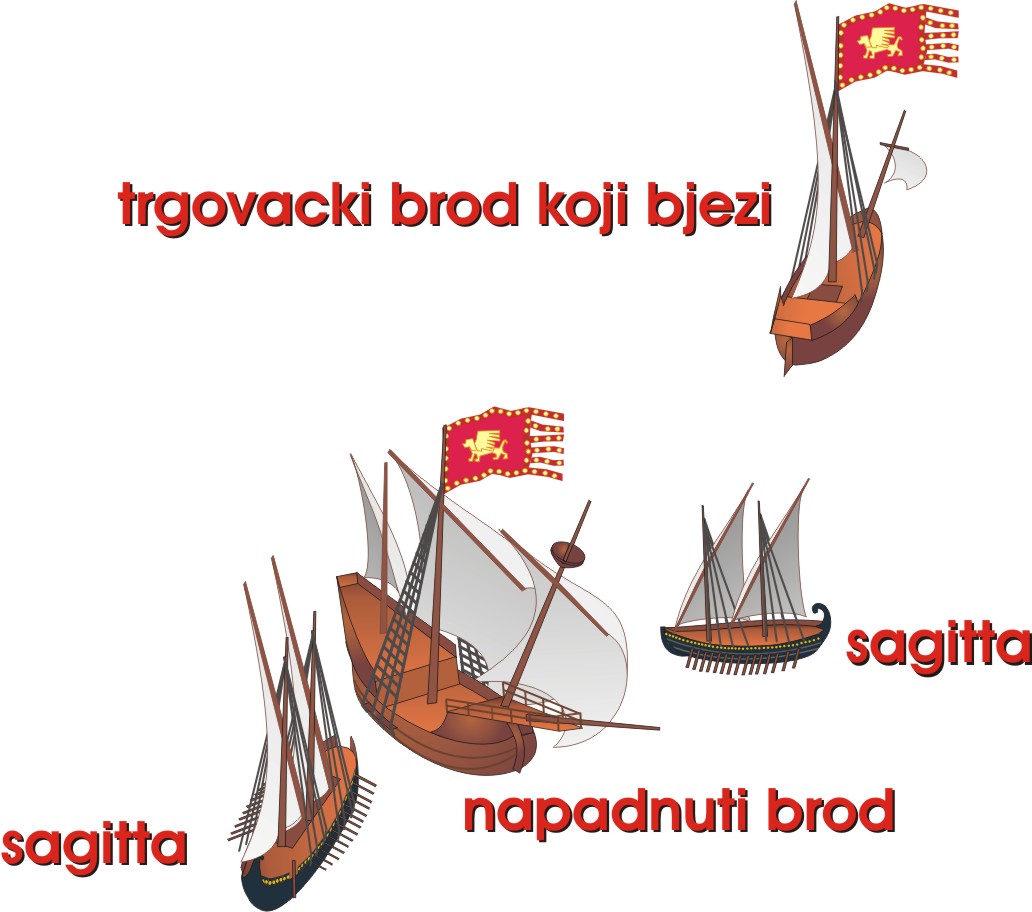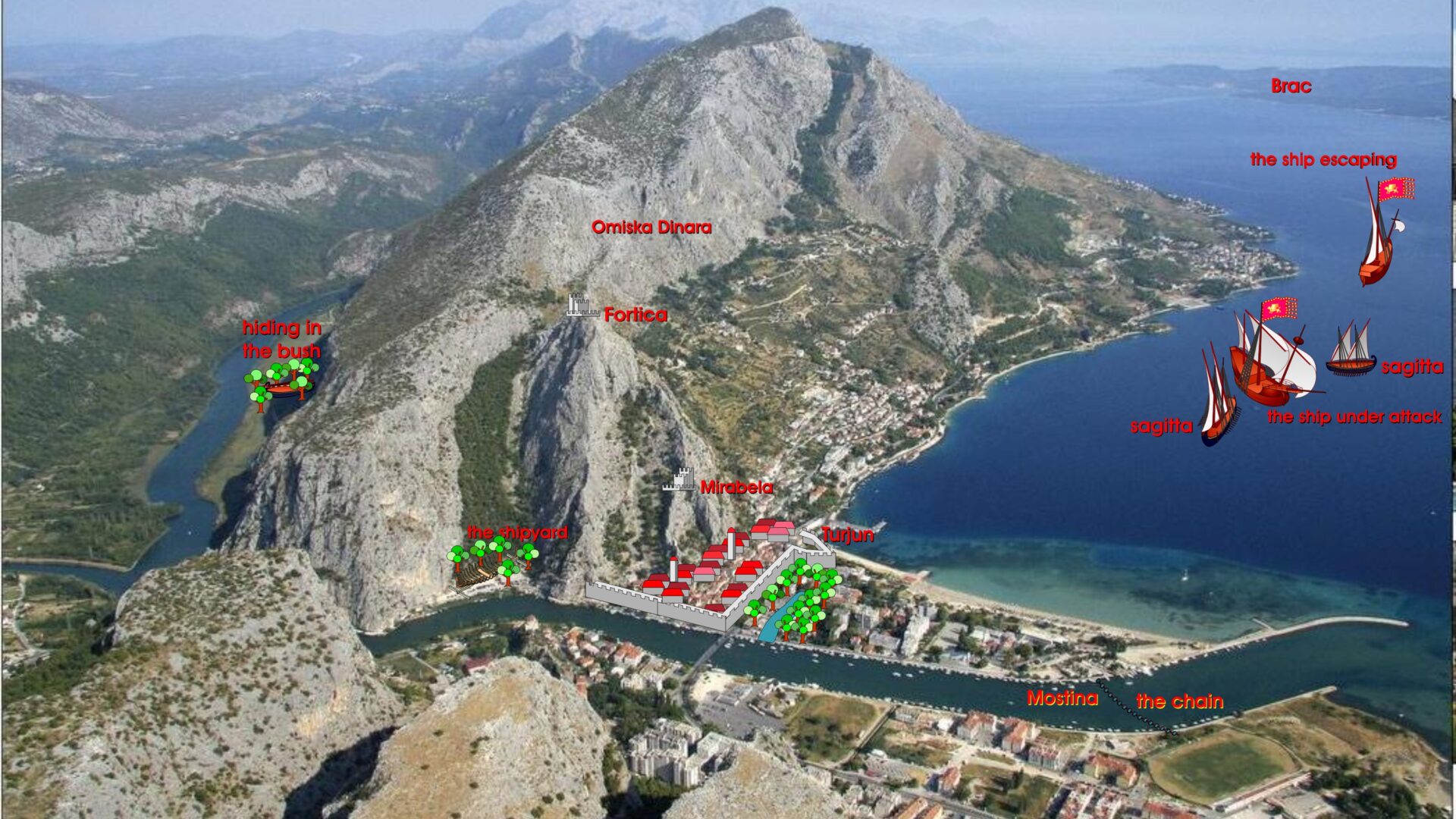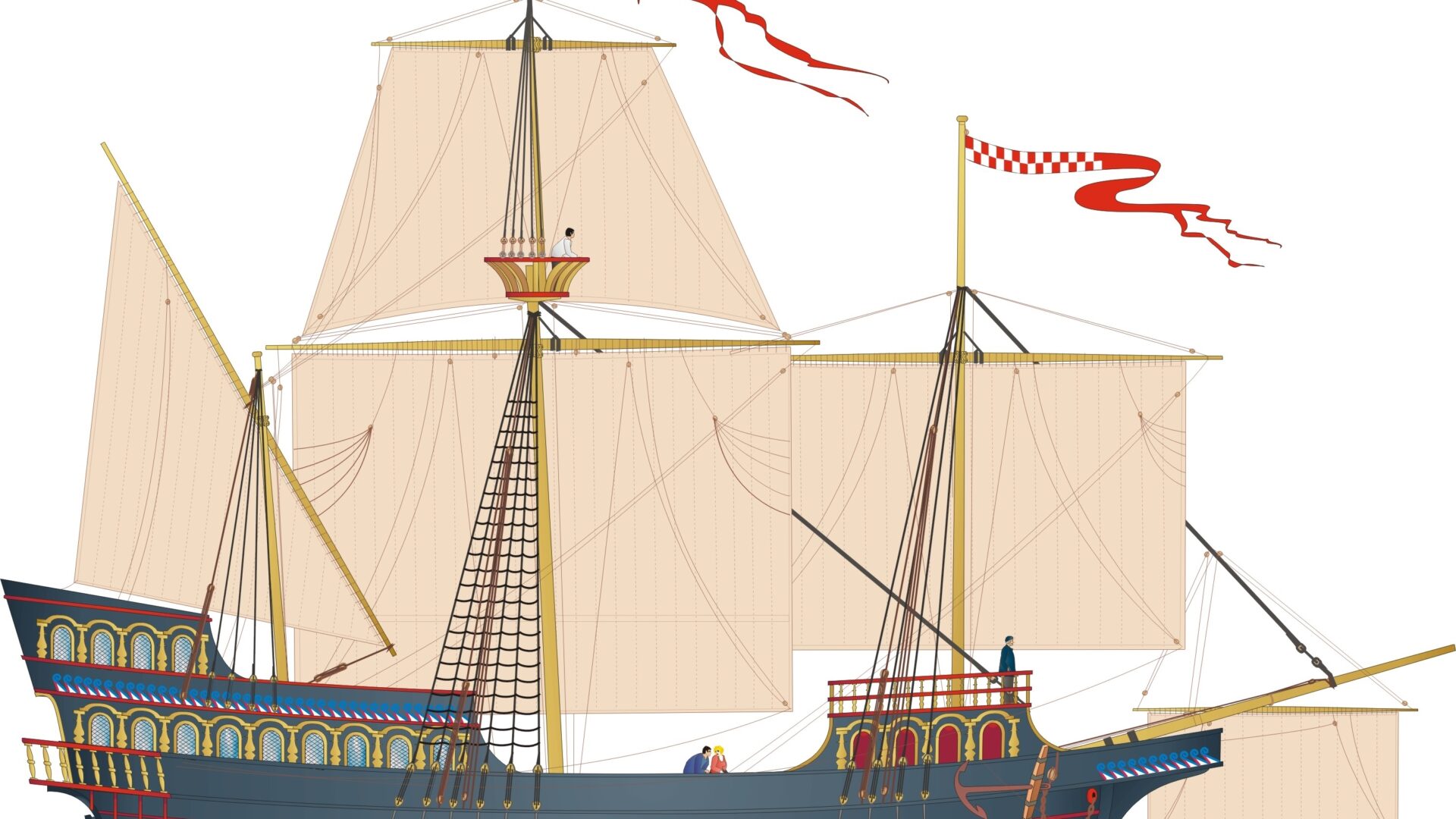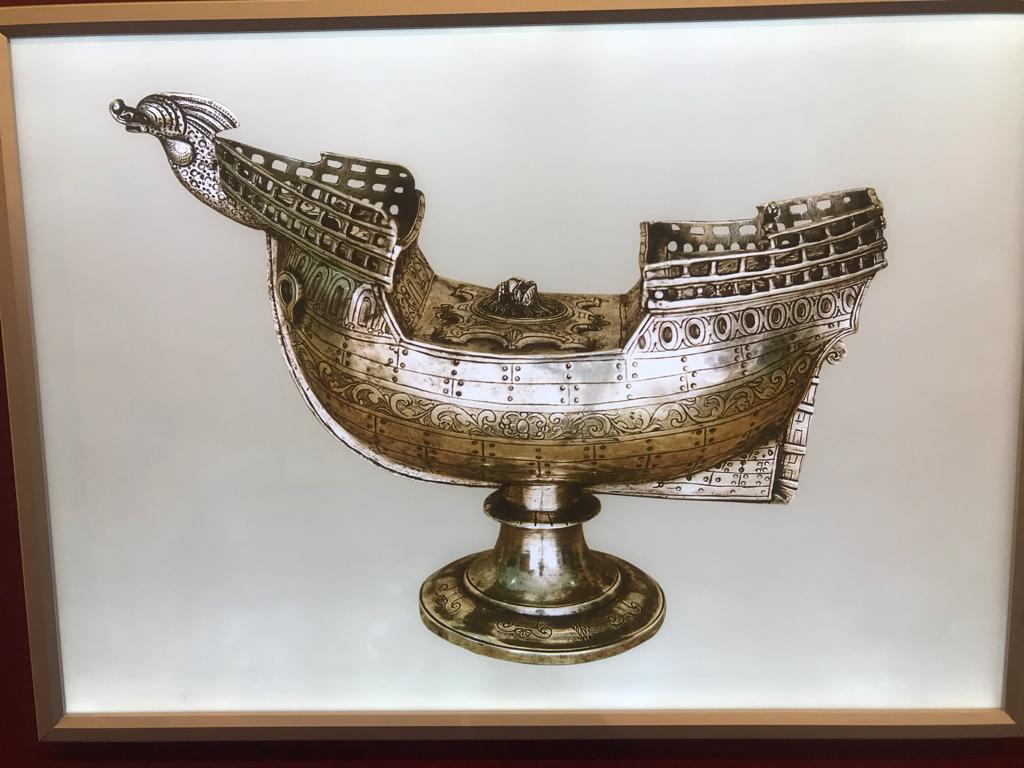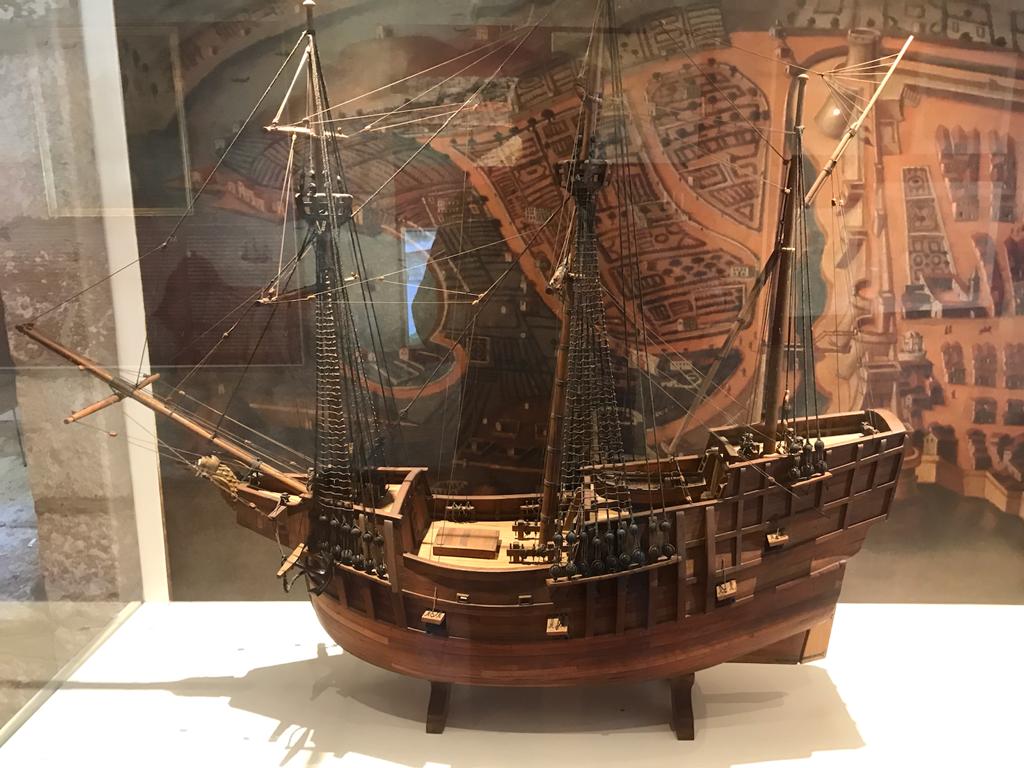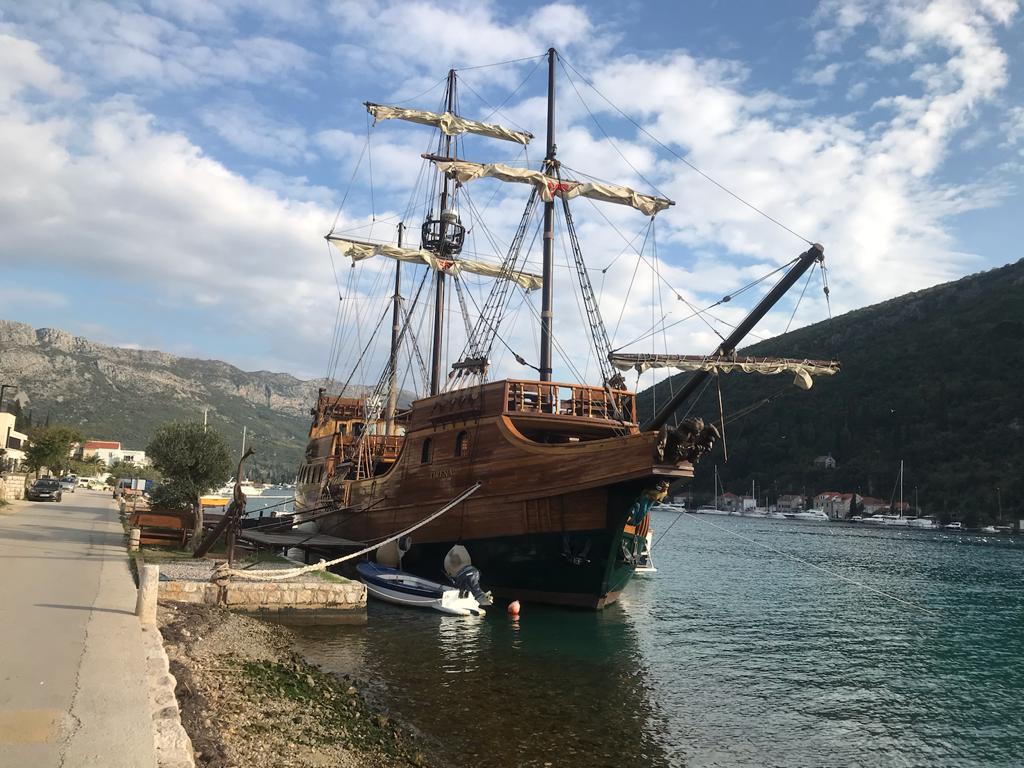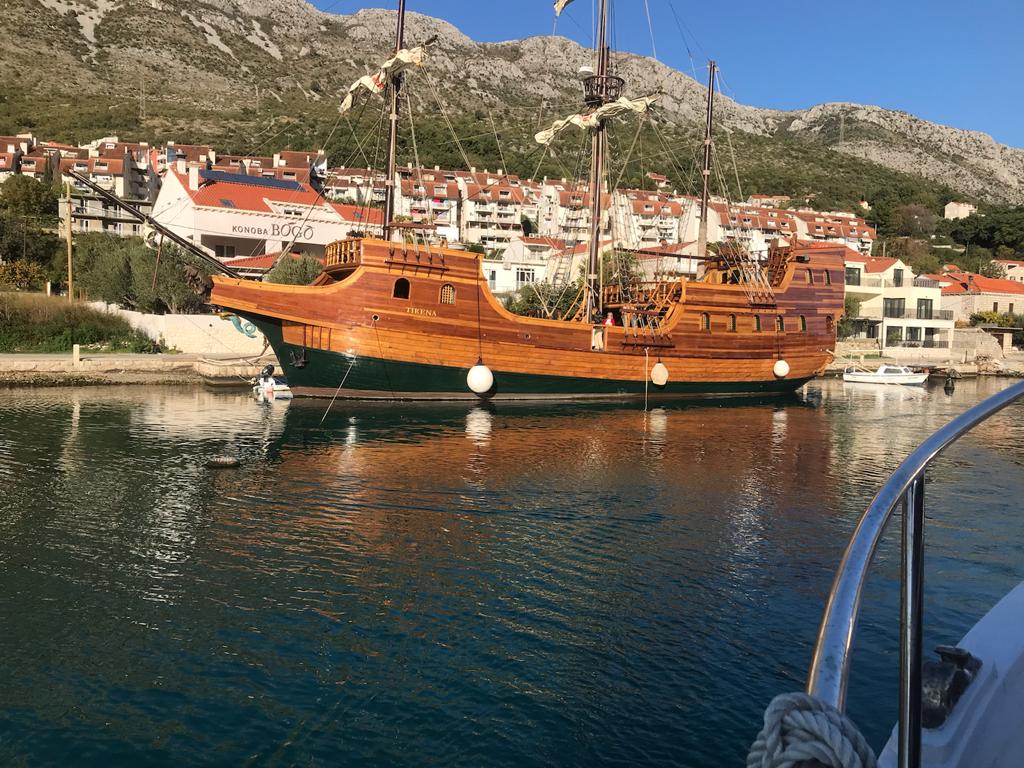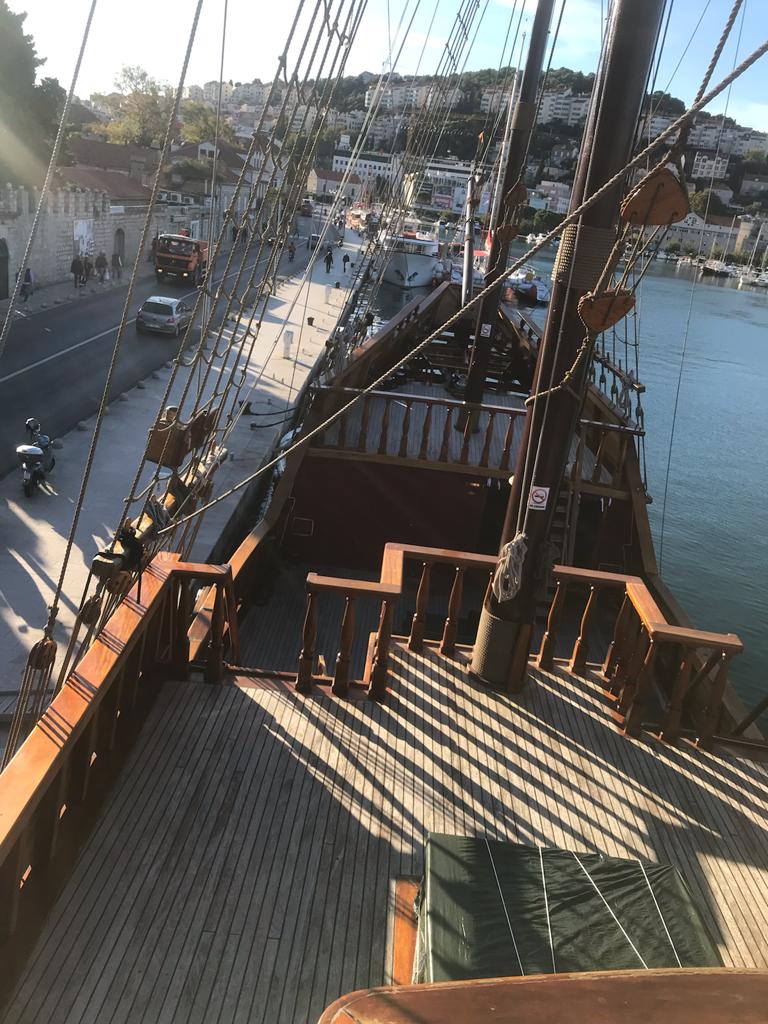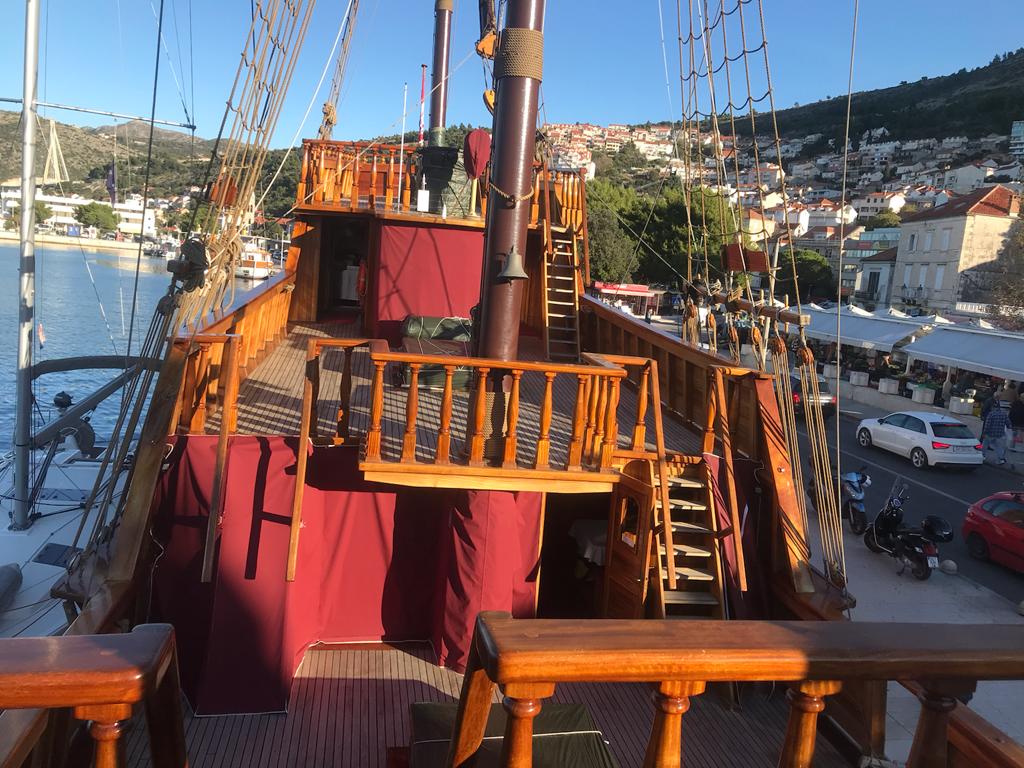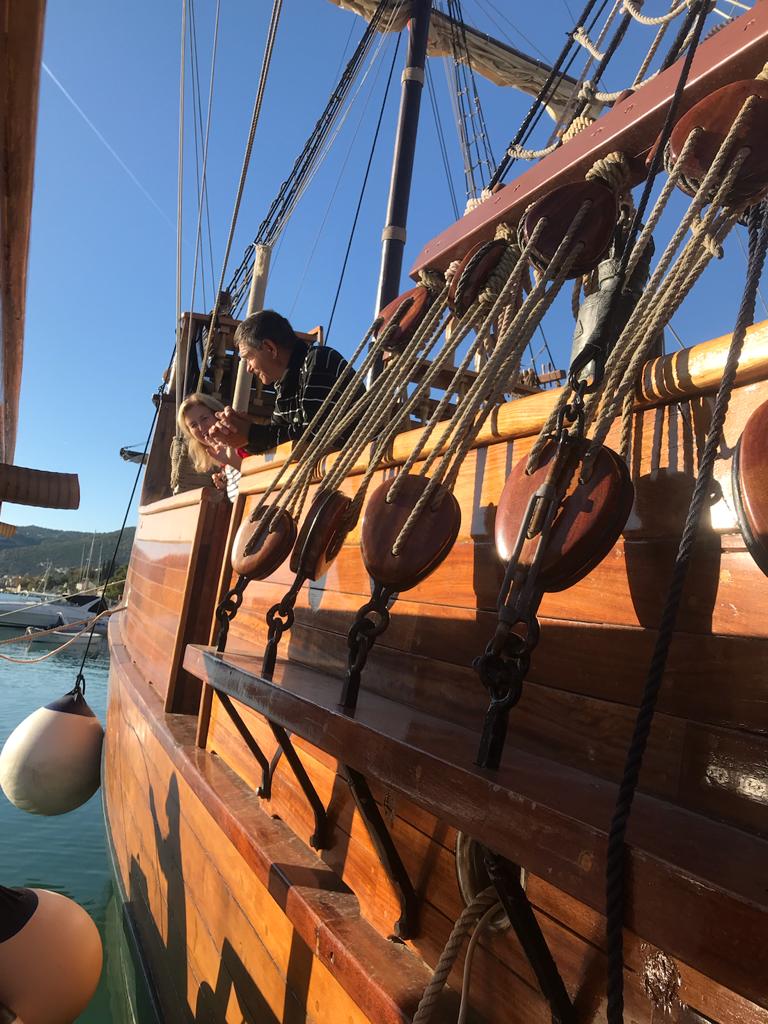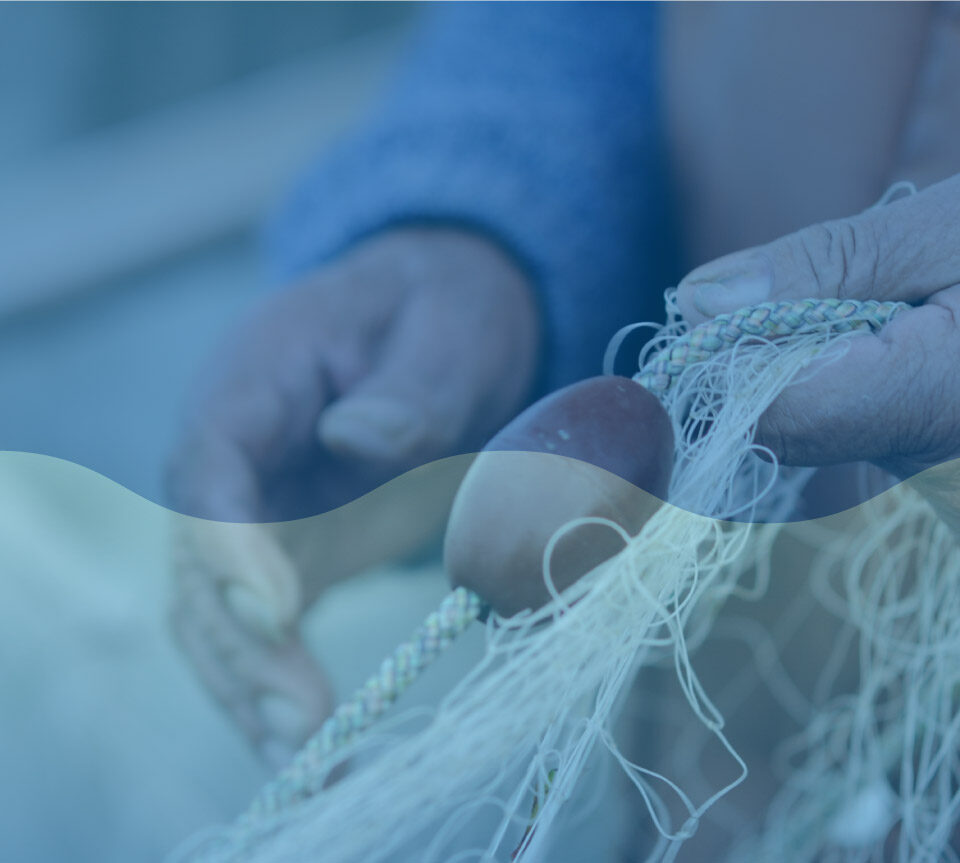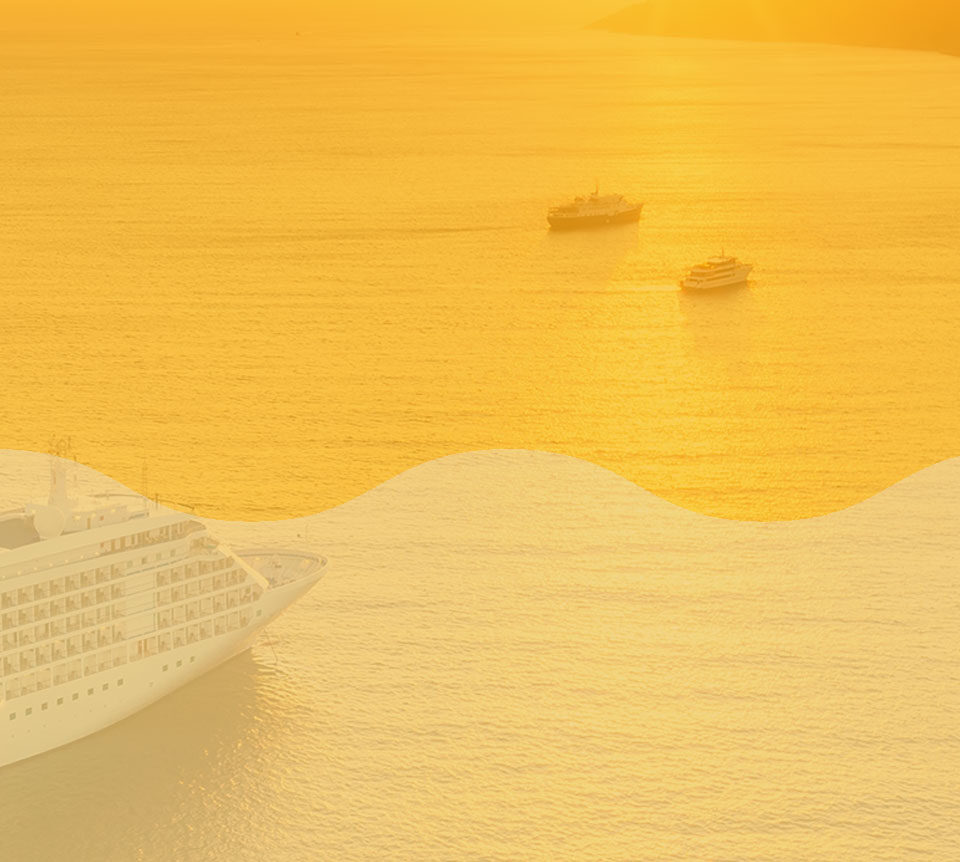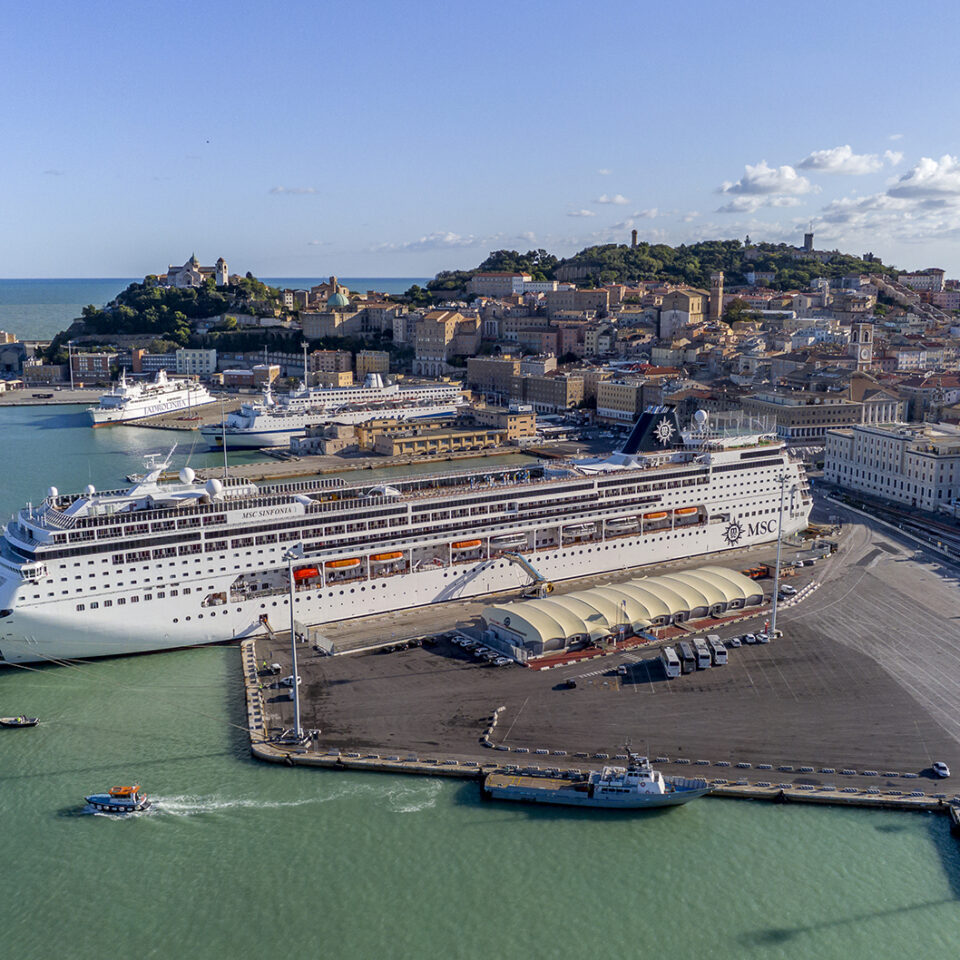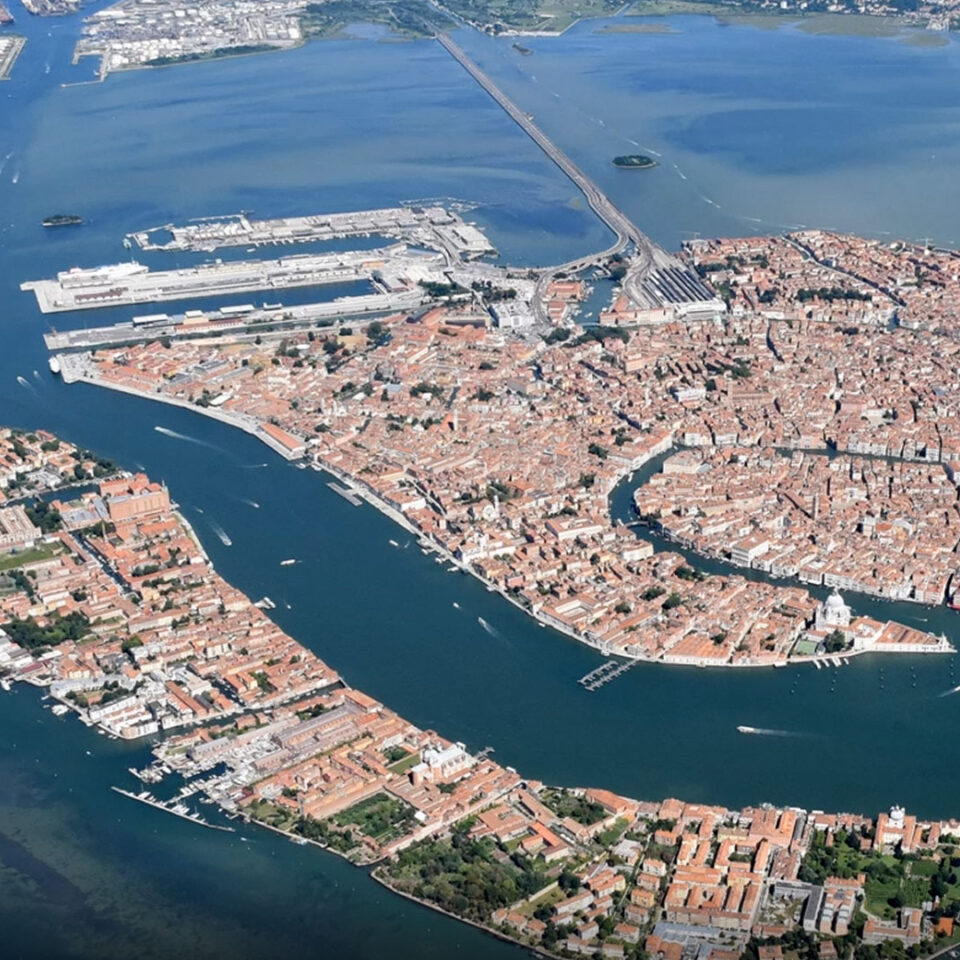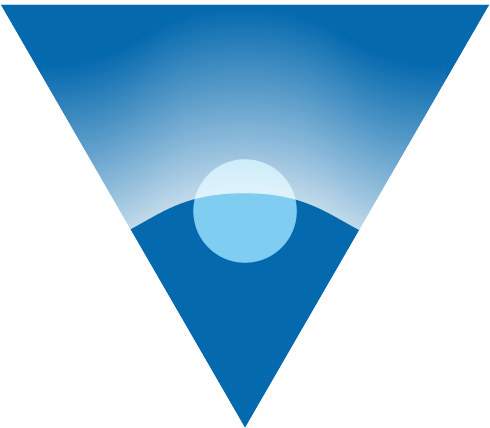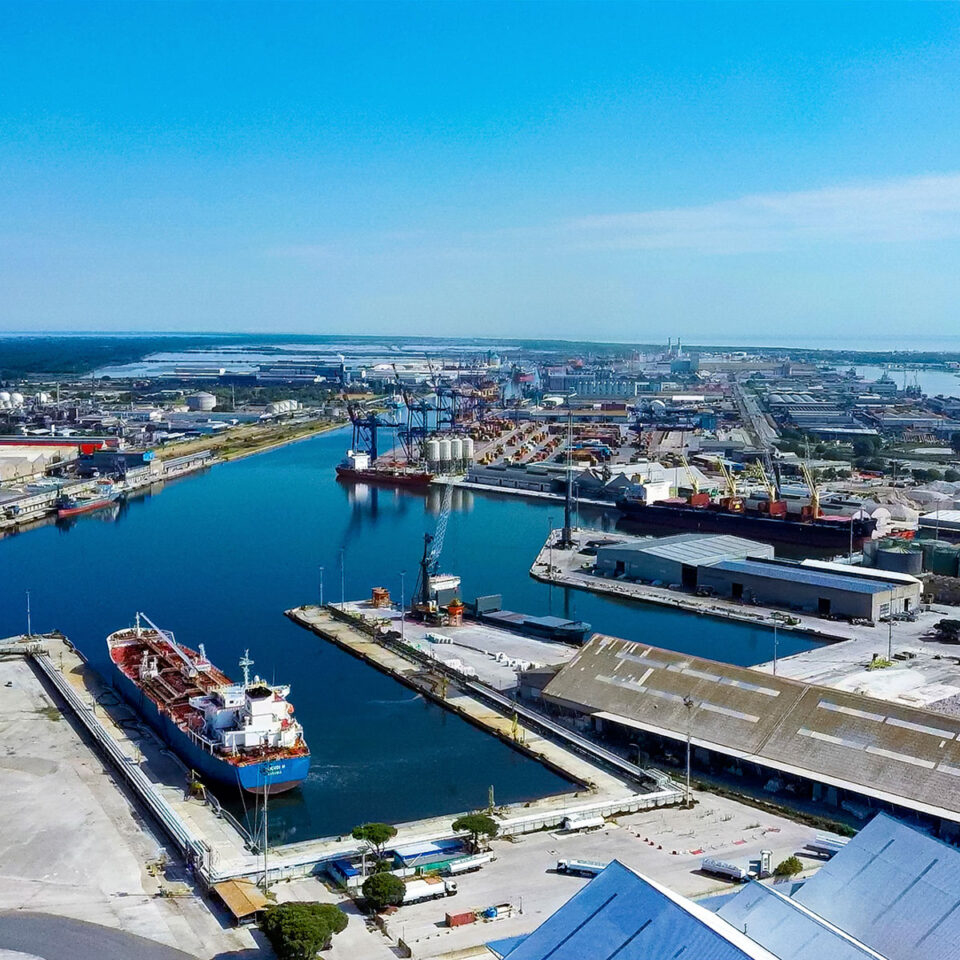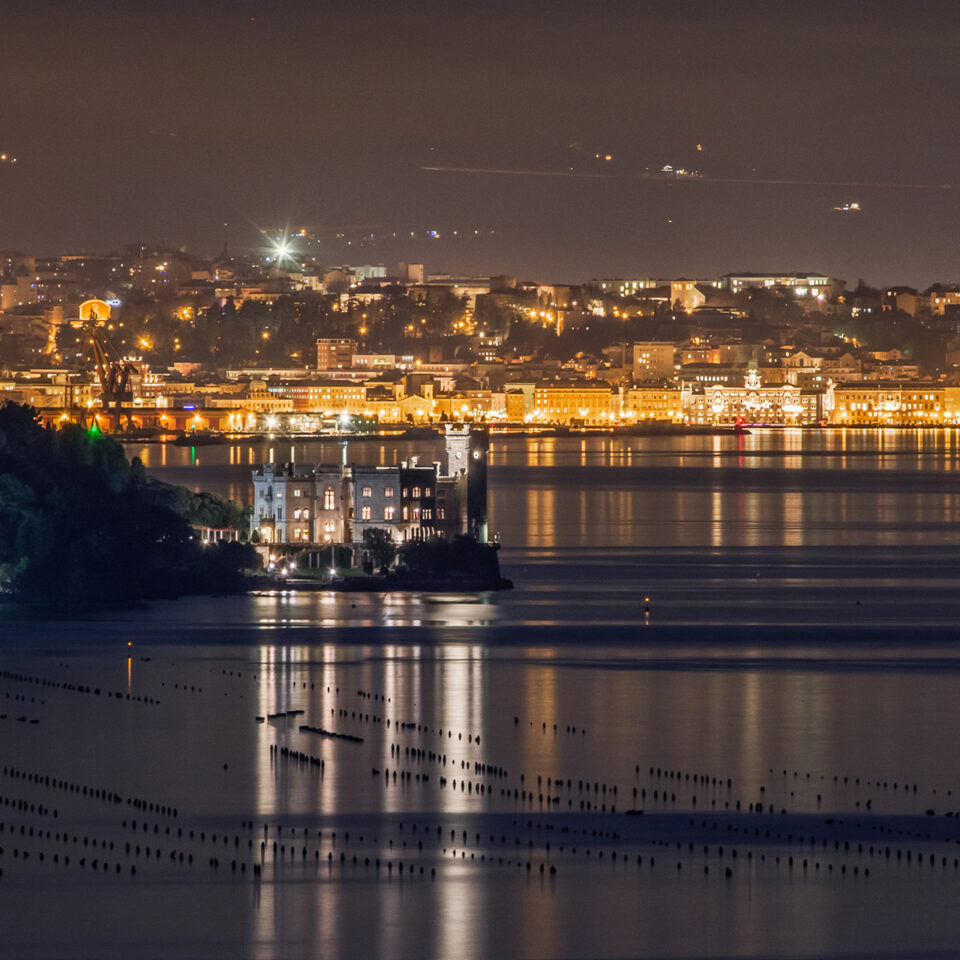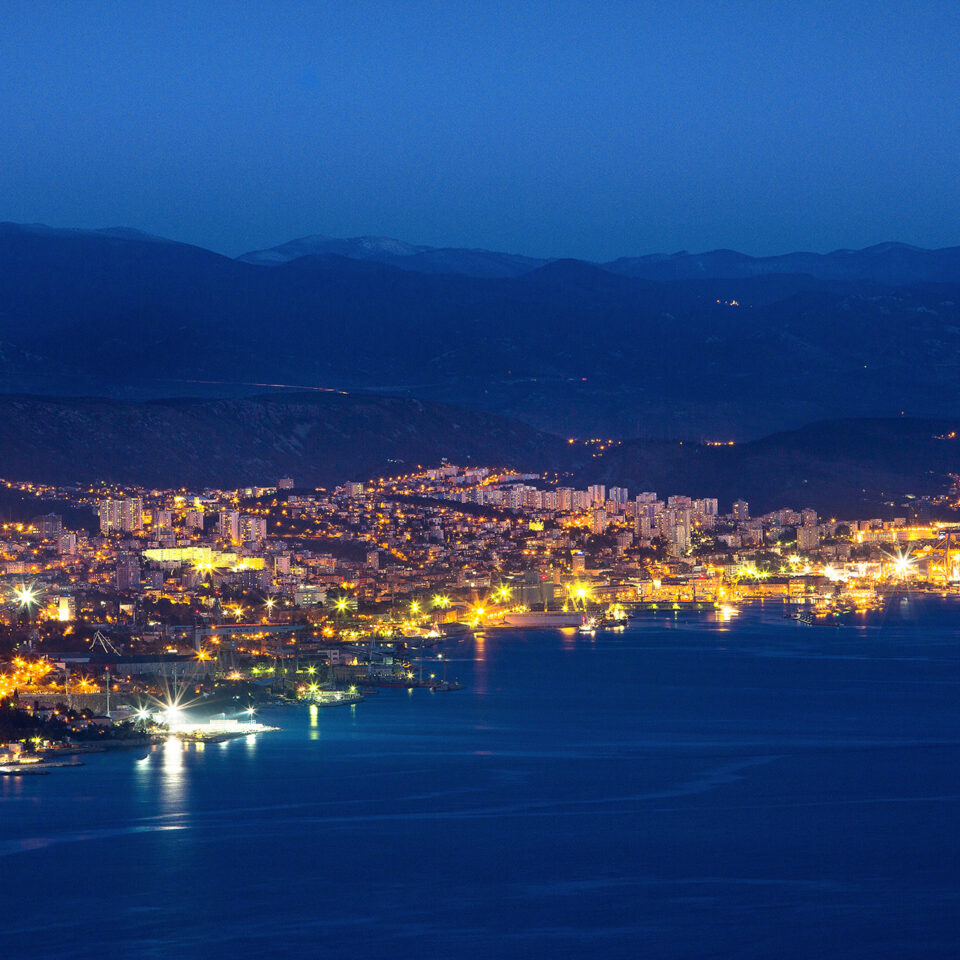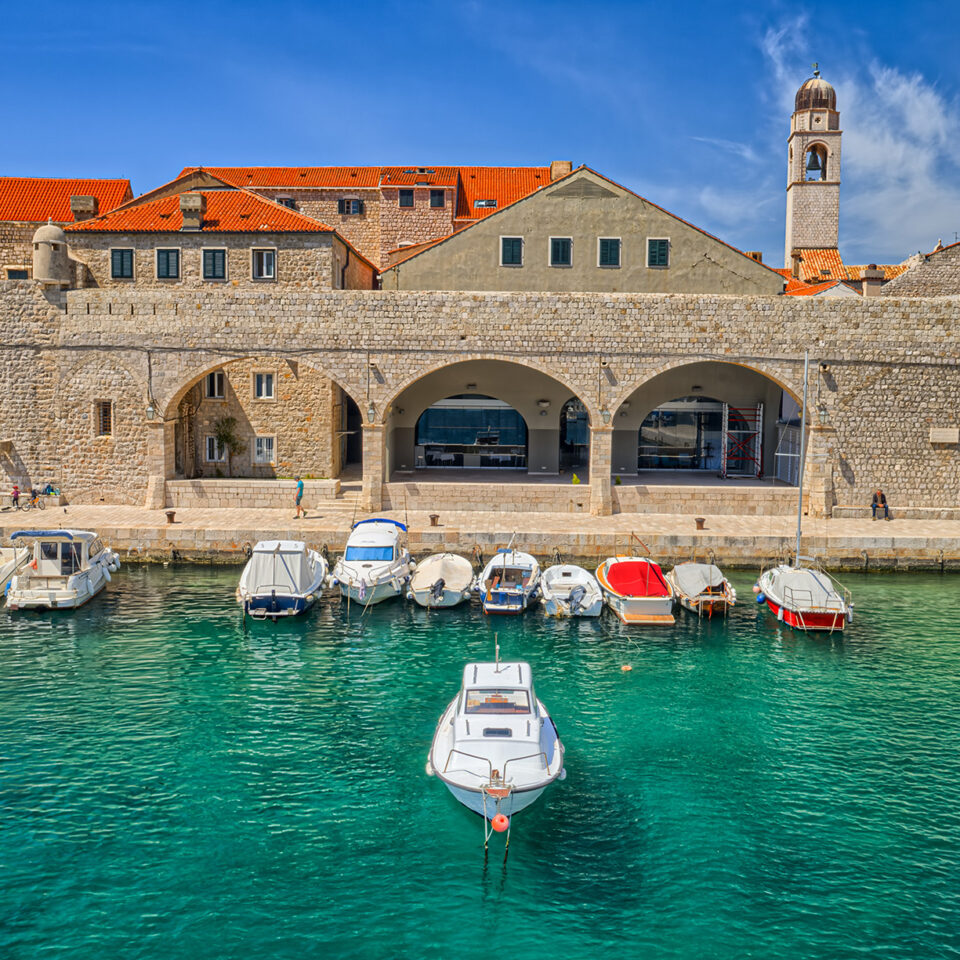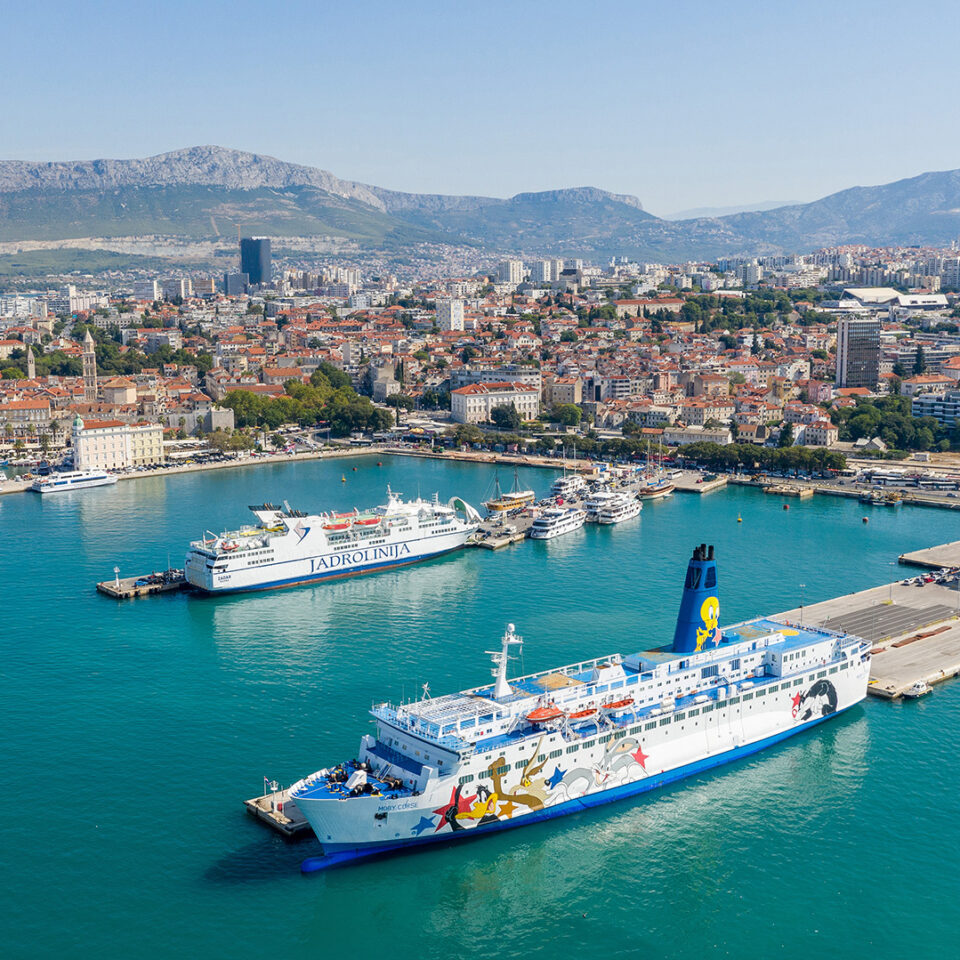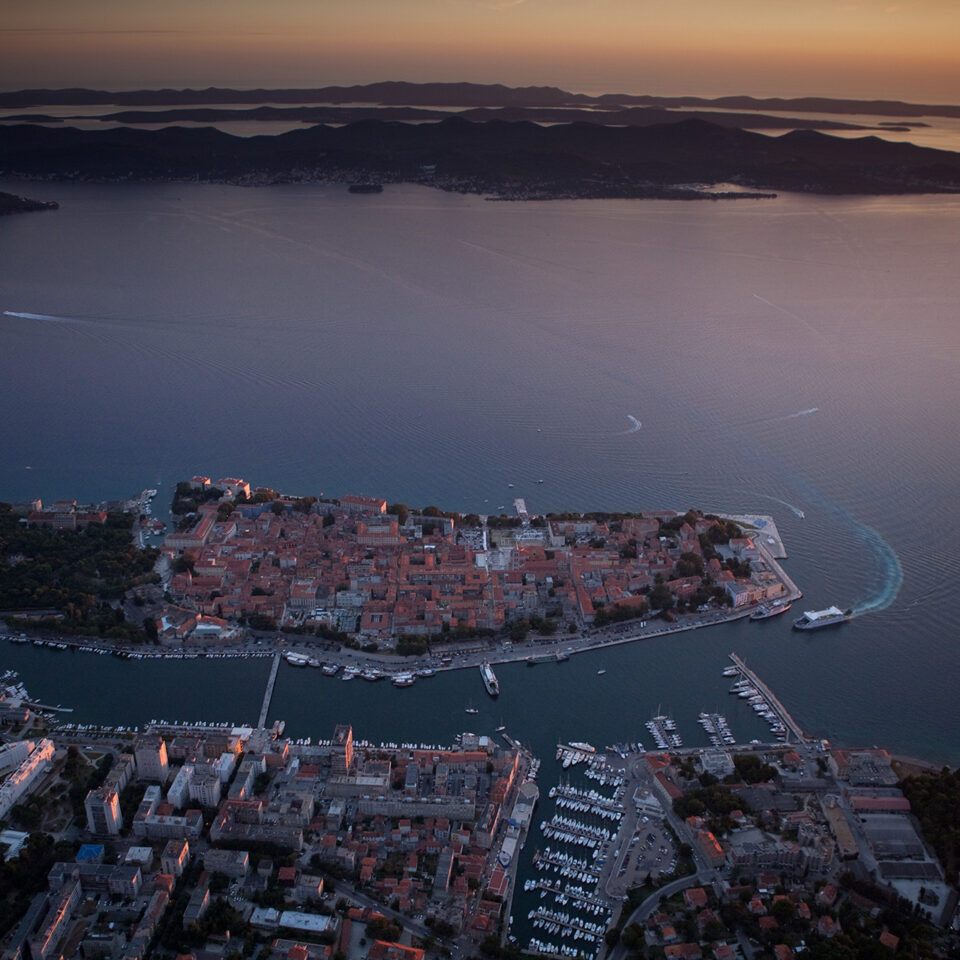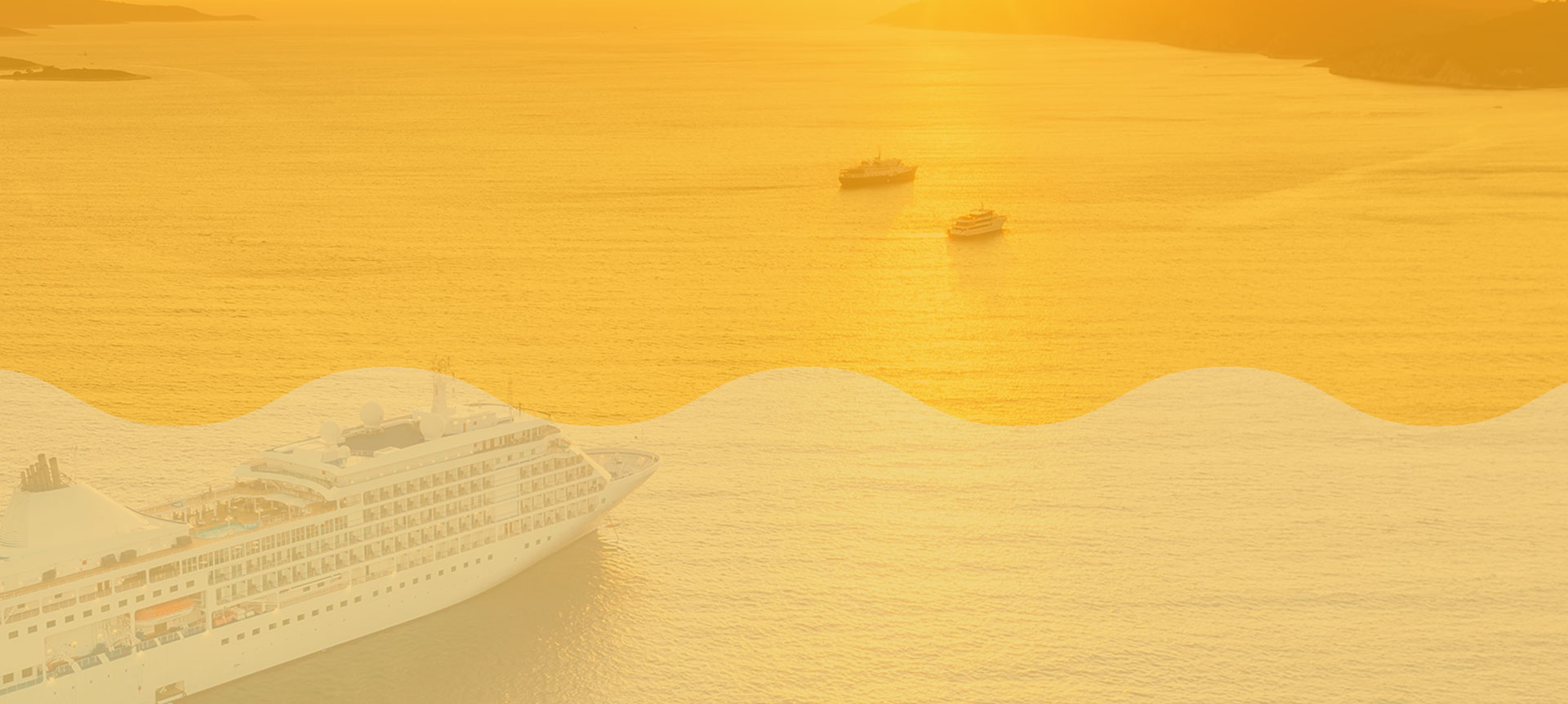

Ship design, shipbuilding
A story about falkuša is more than just a story about a certain type of fishing boat rescued from oblivion. It is an embodiment of an insular world of the most remote inhabited Croatian island – the island of Vis, and its collective memory preserved through oral tradition safeguarding its cultural uniqueness, but at the same time its sense of belonging to the universe of the Mediterranean maritime culture.
Falkuša as a type of fishing boat probably has its origins in the traditions of ancient Greece, which is evident in its very name falkuša, derived from the Greek word falkes = fence, which came to Greek from the Arabian word halka = ring, and which refers to the removable wooden side boards (falke) mounted as additional protection in high water and dismantled so the lower boat sides can give the fishermen more maneuvreing space while fishing. On each boat there were 5 crew members and they were sailing to the most distant locations using sails and rows. The falkuša became the first Croatian fishing boat courageous enough to leave the Adriatic, reach the vast Mediterranean Sea and sail to the faraway island of Malta. This impressive boat can achieve speeds of up to 11 knots. A triangular lateen sail is falkuša’s distinguishing feature. The word gajeta was derived from the Italian town of Gaeta on the coast of the Tyrrhenian Sea. The town Gaeta was named after the Trojan hero Aeneus’ nurse Caieta, whom Aeneus took along with him on the journey across the Mediterranean, after the fall of Troy. Caieta, as Virgil sings in his epic poem Aeneid, passed away on the beach where she was also buried, and the town founded on that spot was named after her. These written sources point to the great antiquity of this type of vessel known across the Mediterranean, from the Greek islands (Crete), Italian (Sicily), Spanish (Palamòs) and Portuguese (one such boat can be found in the Maritime Museum in Lisbon). Gajeta falkuša boats in the Adriatic were constructed by boatbuilders from the island of Korčula, almost exclusively for Komiza fishermen, and the falka side boards were made in Komiza. As maritime nation, Greek colonists brought from the homeland of Syracuse to the island of Vis not only an advanced art of shipbuilding and navigation, but also their fishing craftsmanship. There are numerous archeological findings on the island of Vis to demonstrate this, such as ceramic weights for fishing nets and hooks forged in bronze, a depiction of a dolphin on the reverse face of Issean coins and Roman thermae mosaic floor, and depictions of fish on Issean vases. The gajeta falkuša boat is also a vessel used in the unique fishermen regatta from Komiza to Palagruza, which is the longest rowing marathon in the world.

